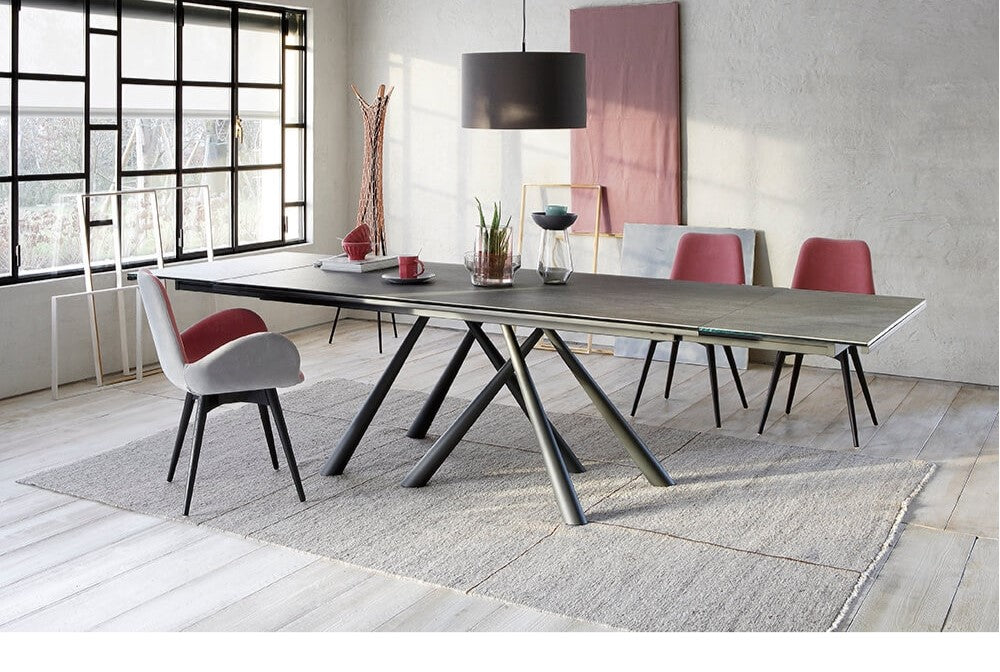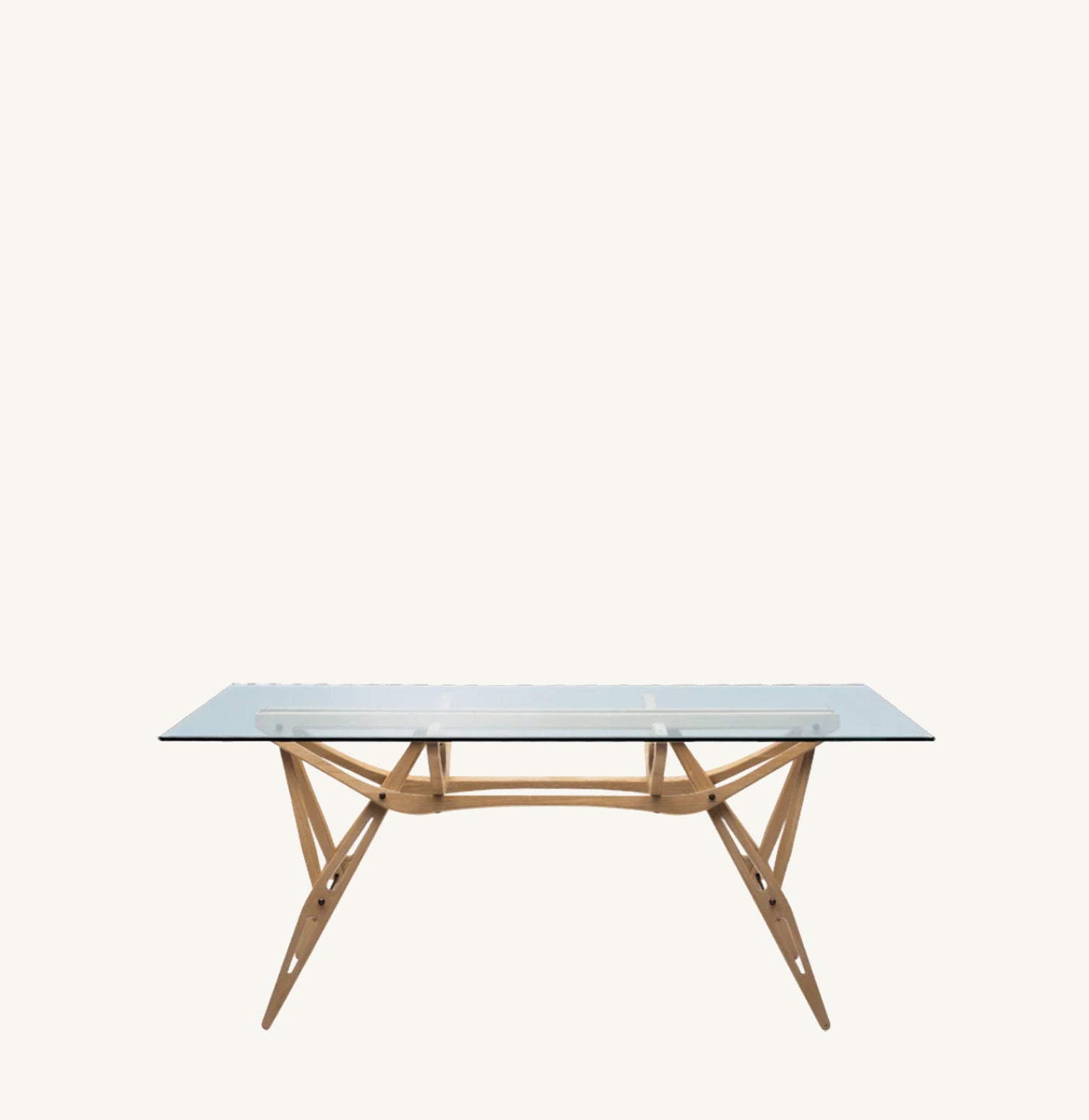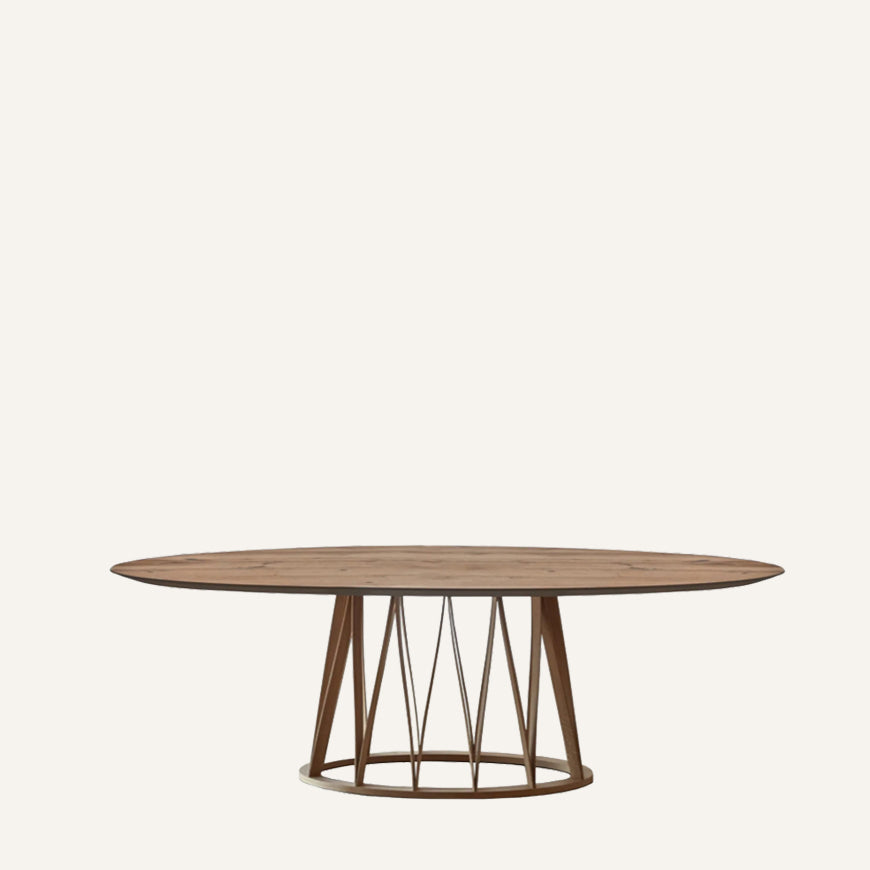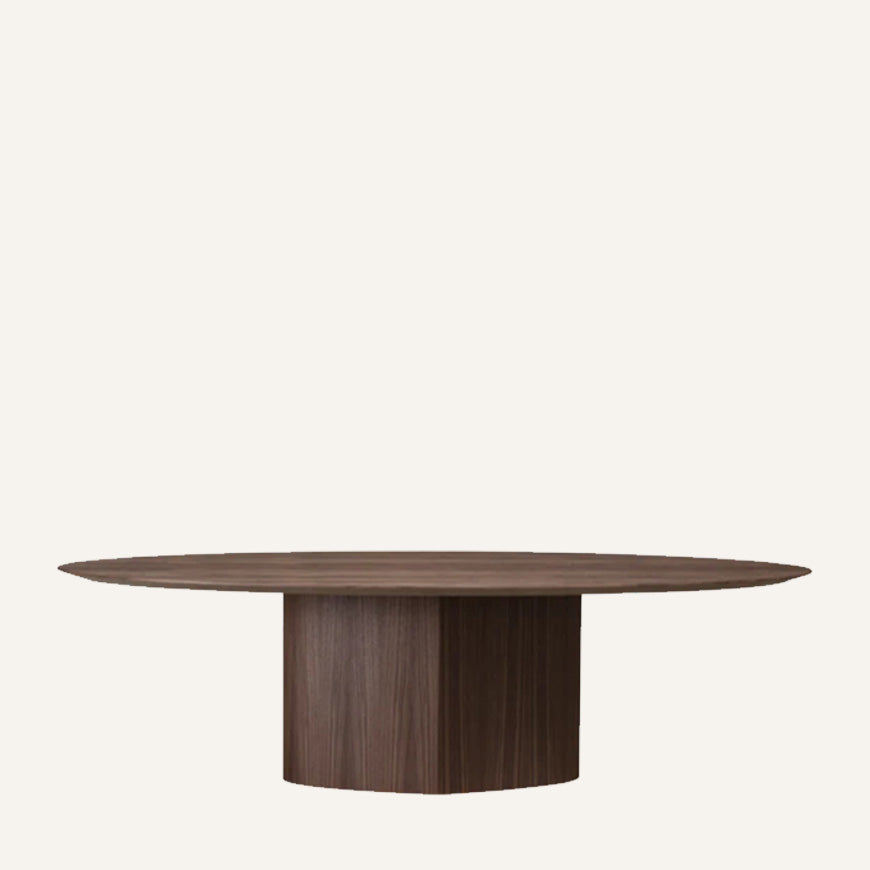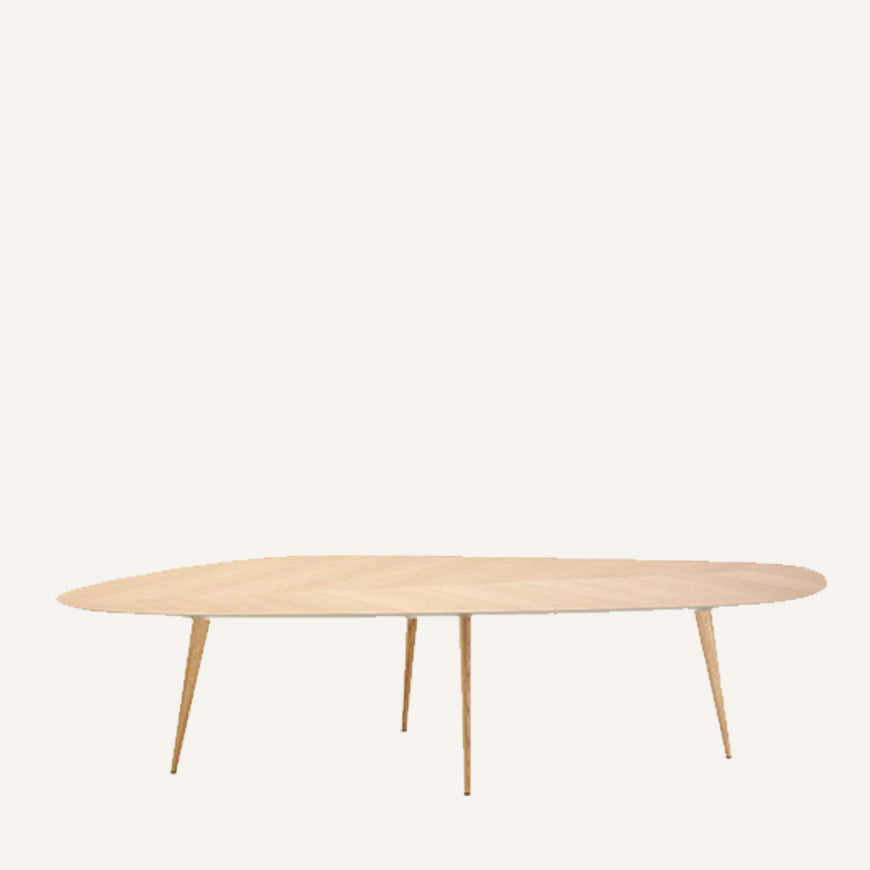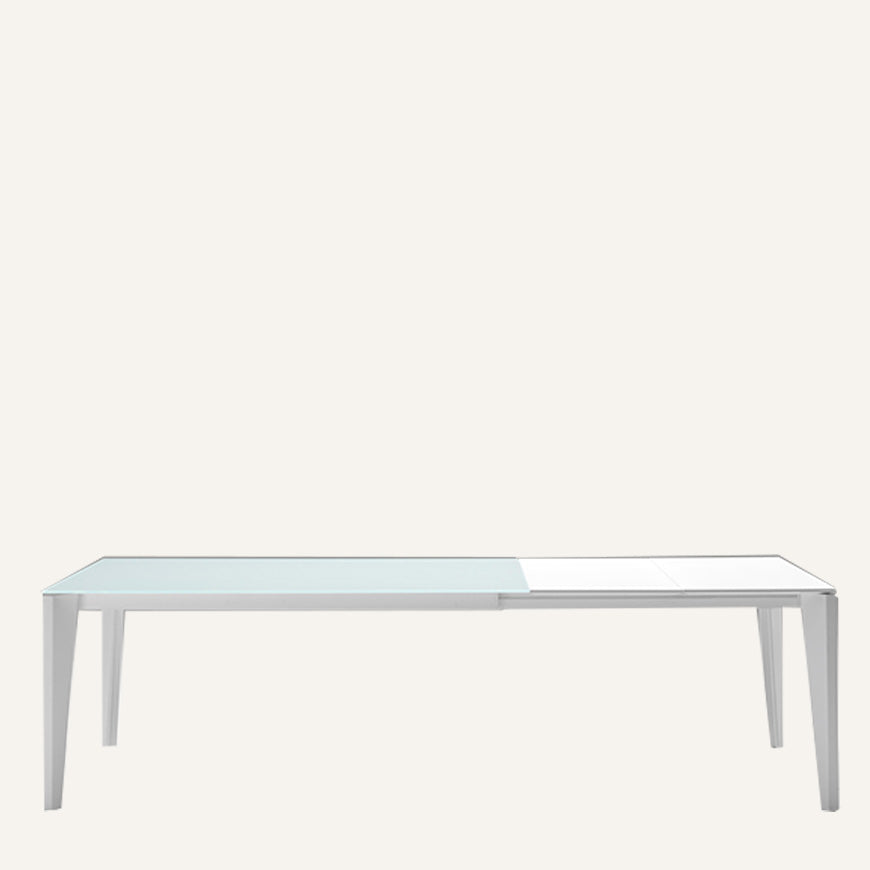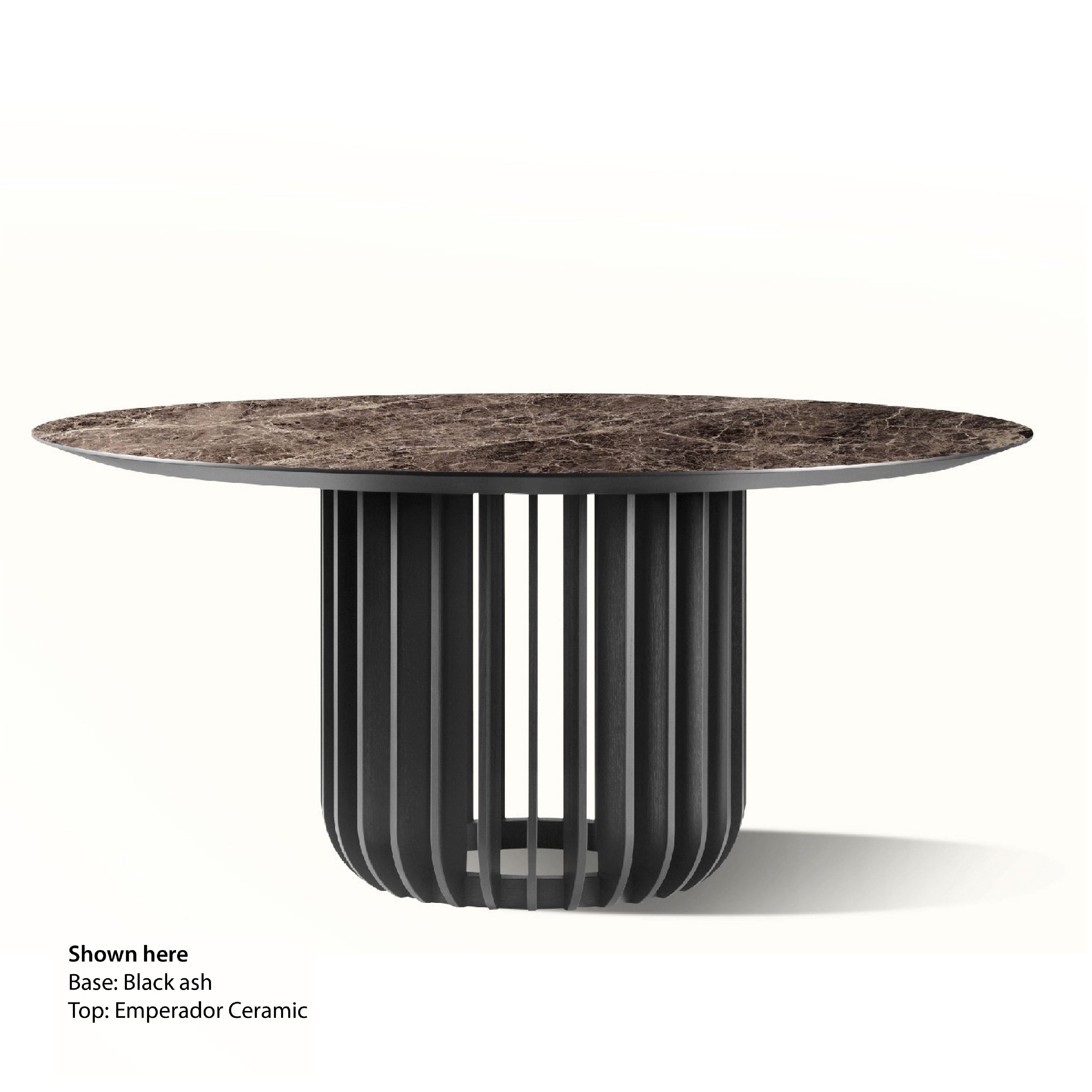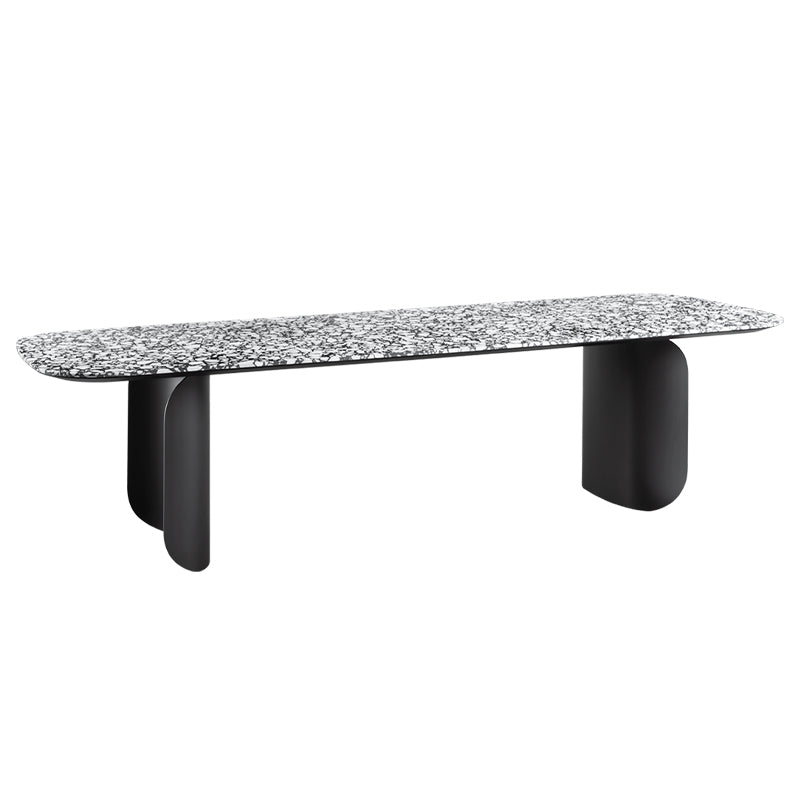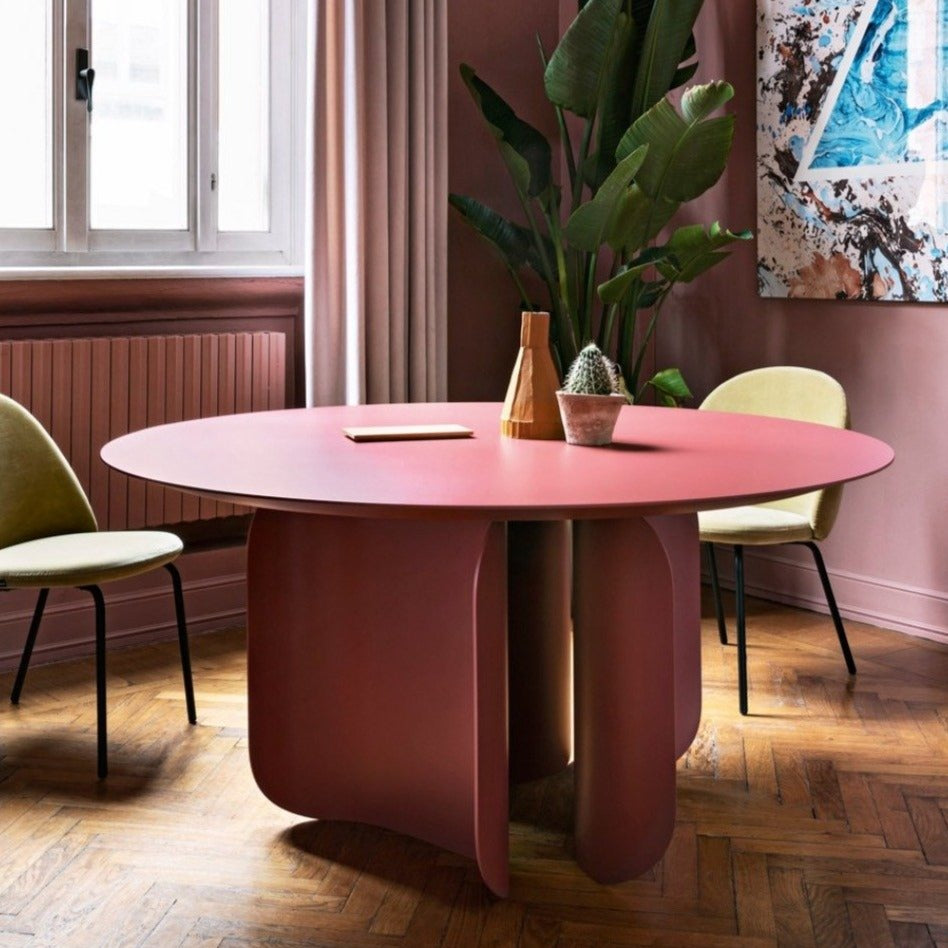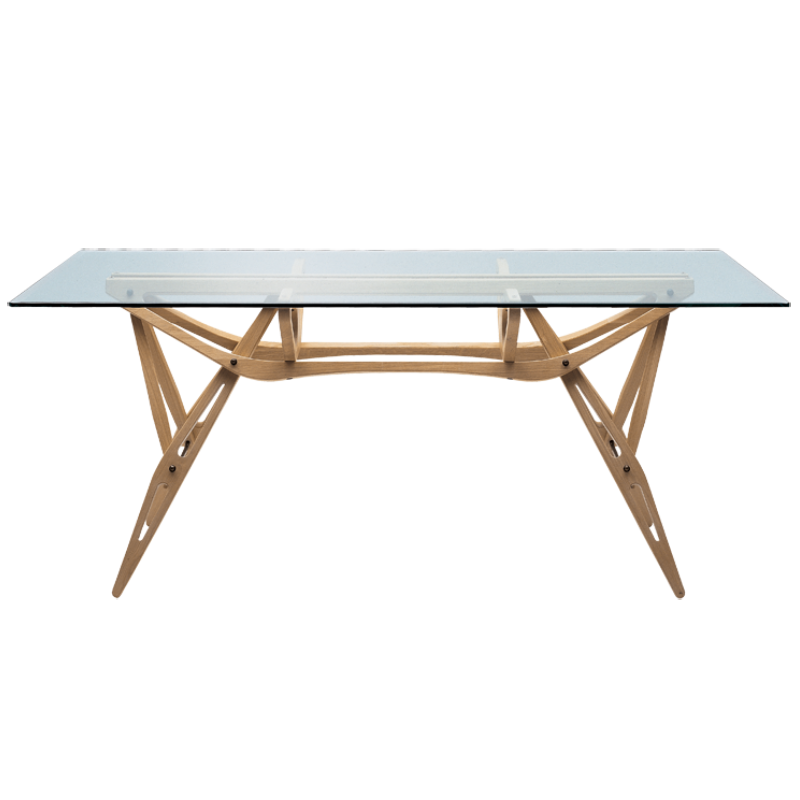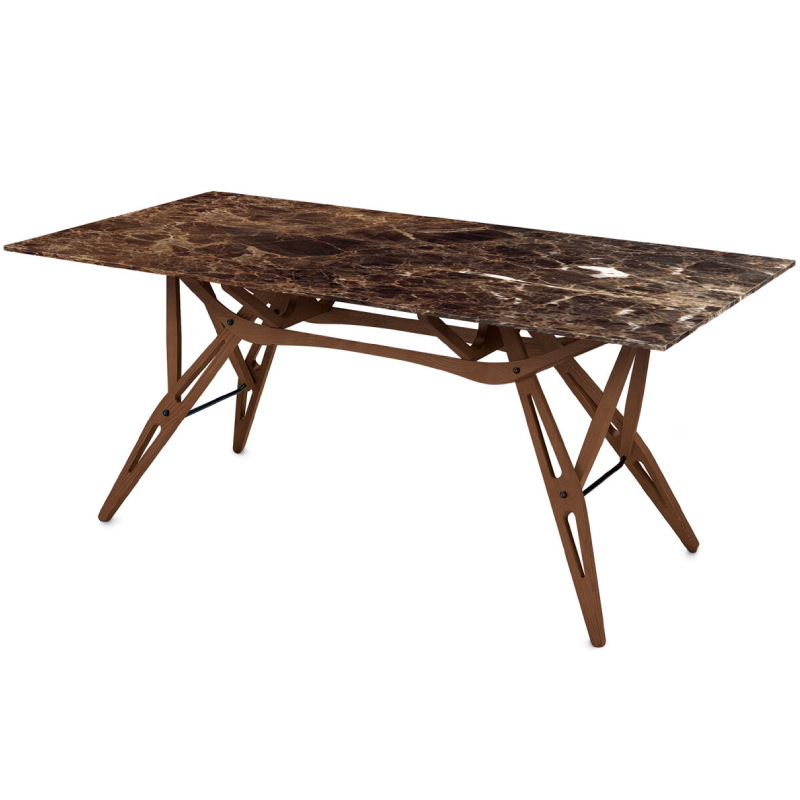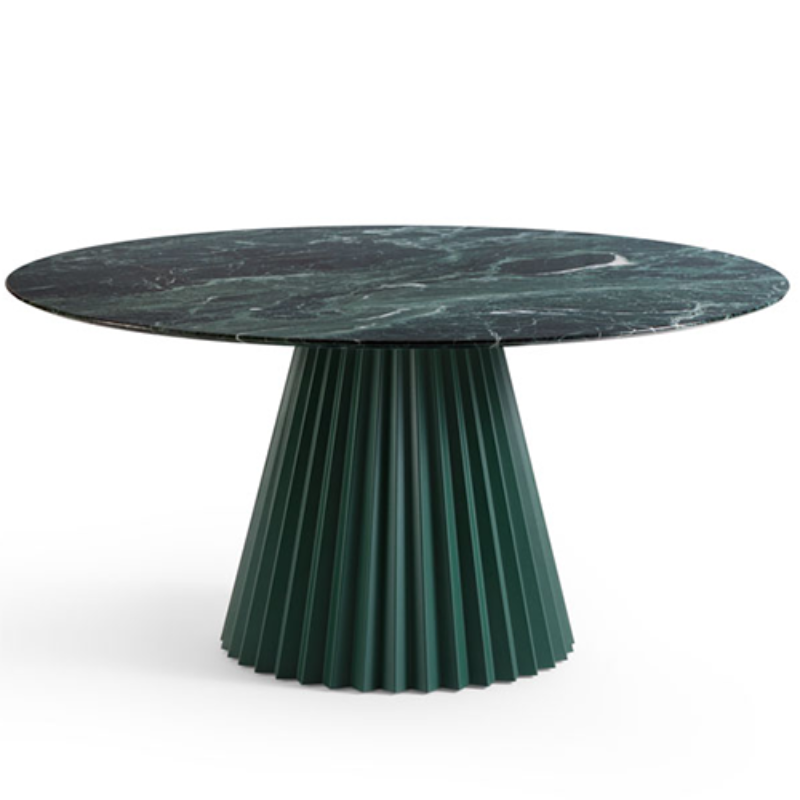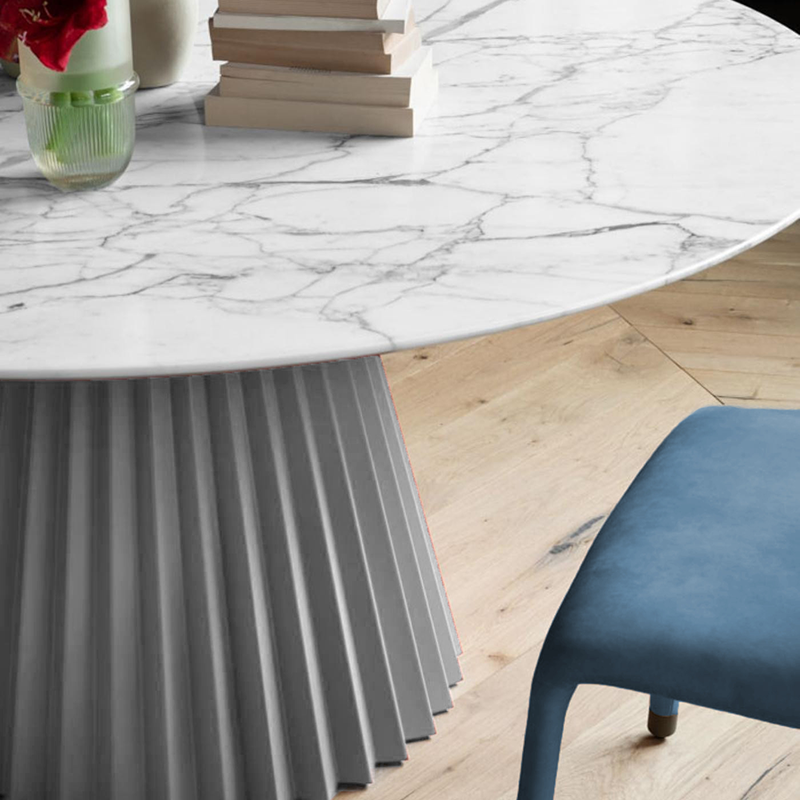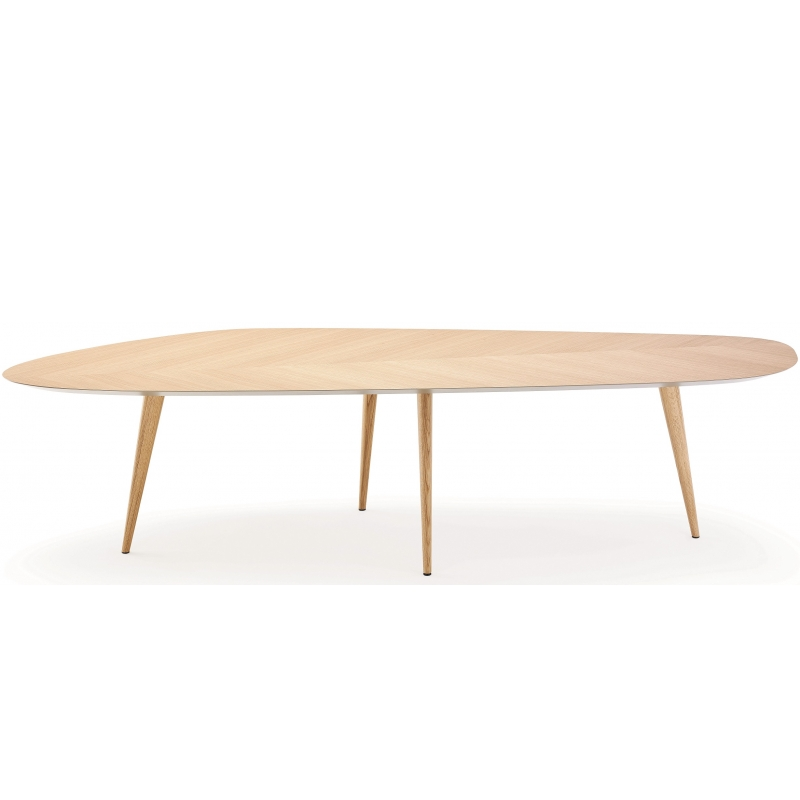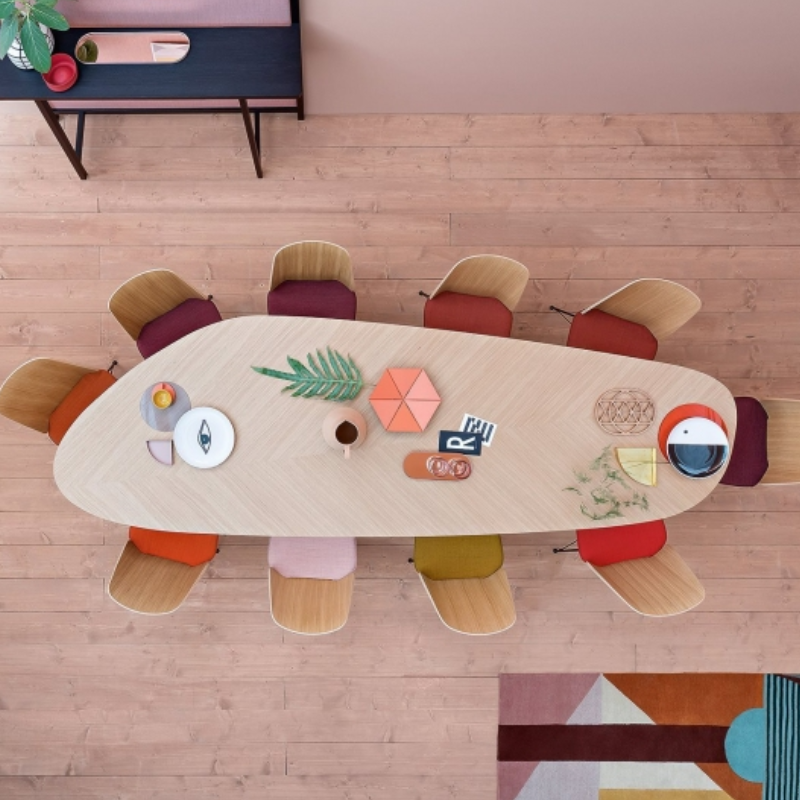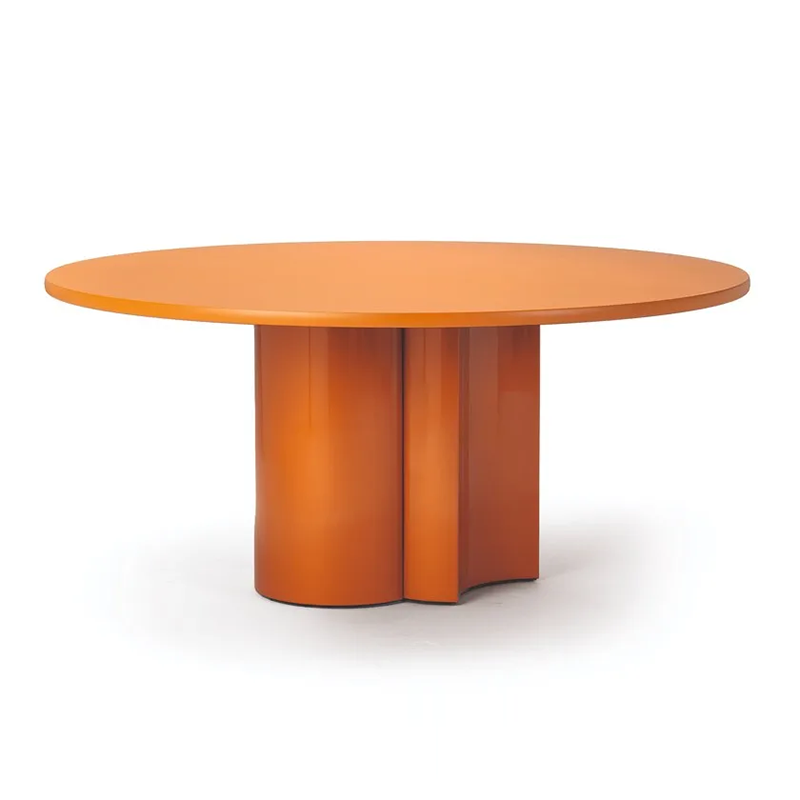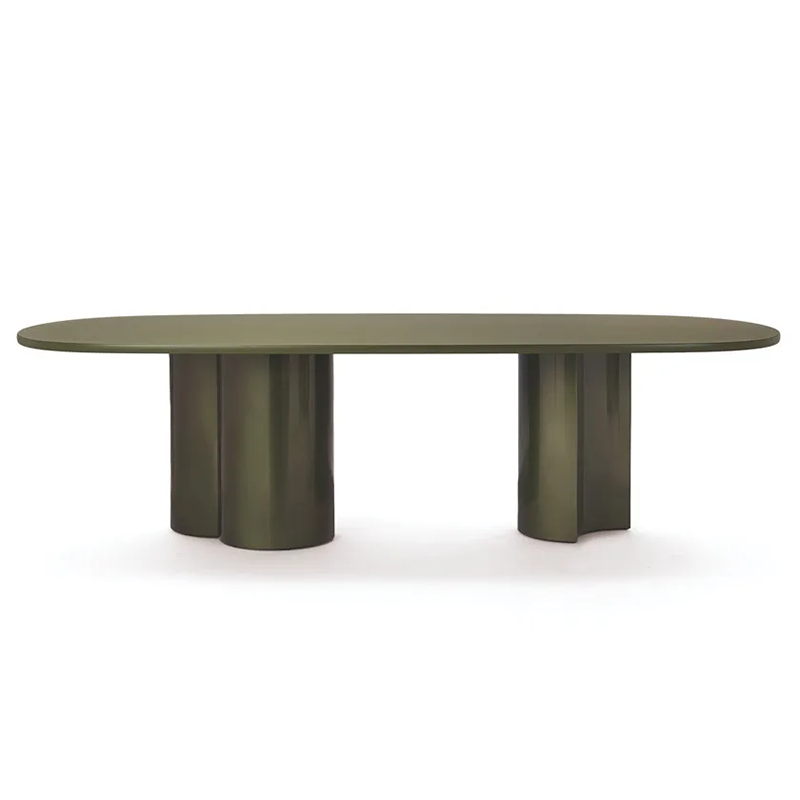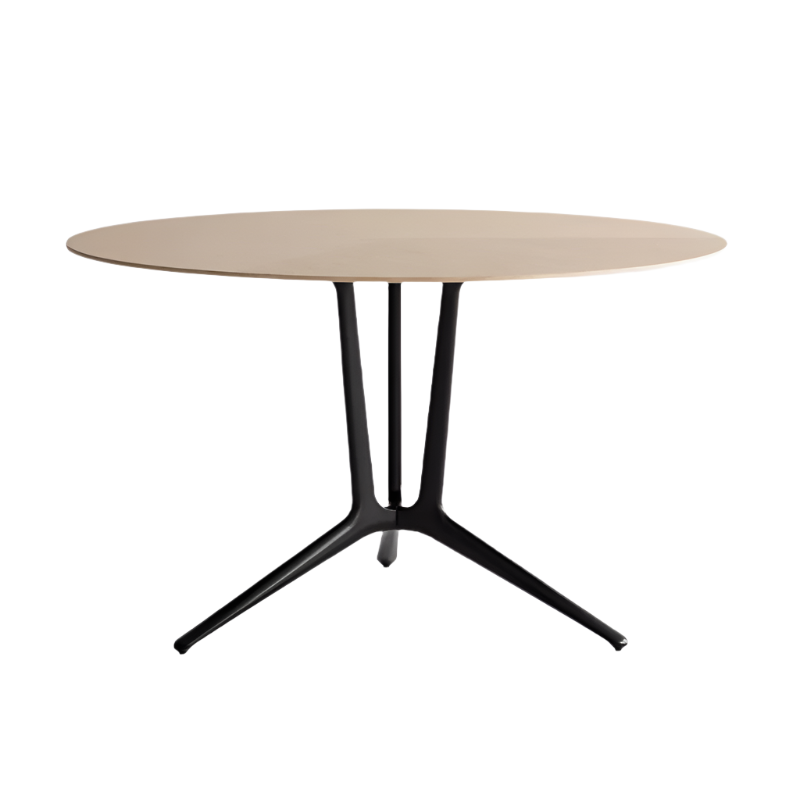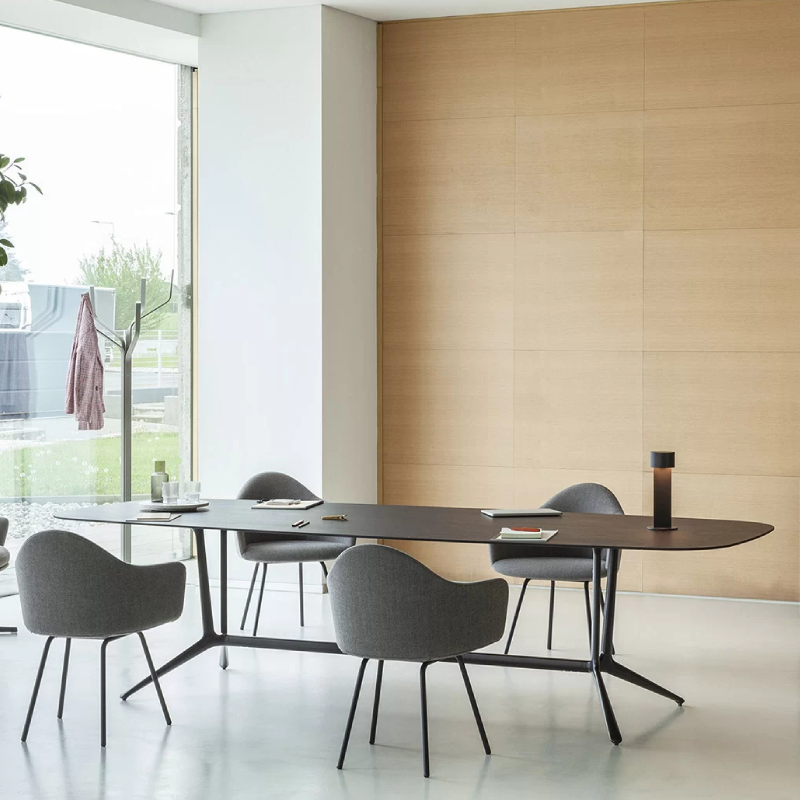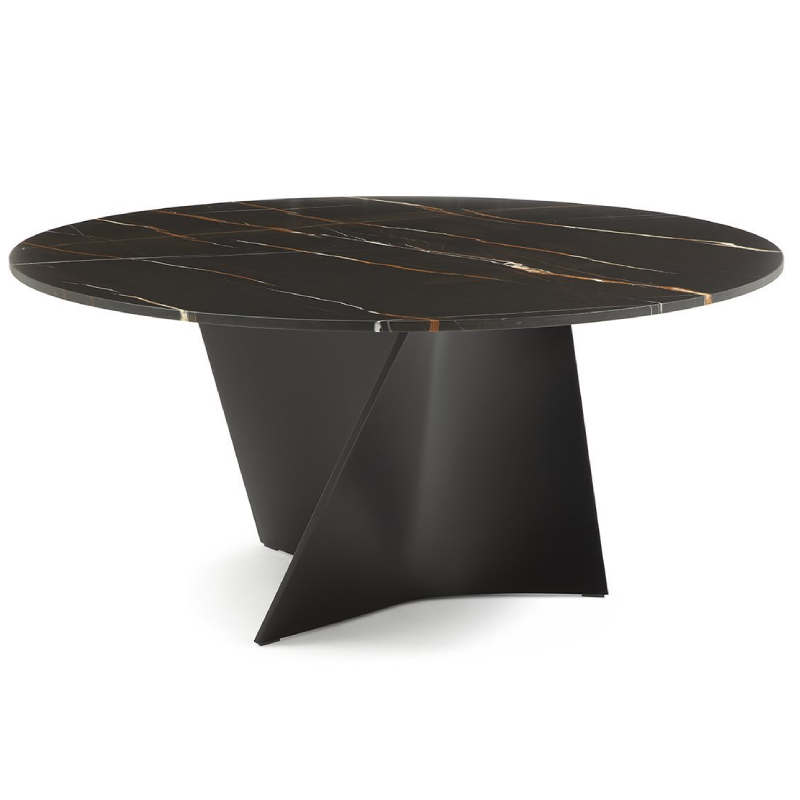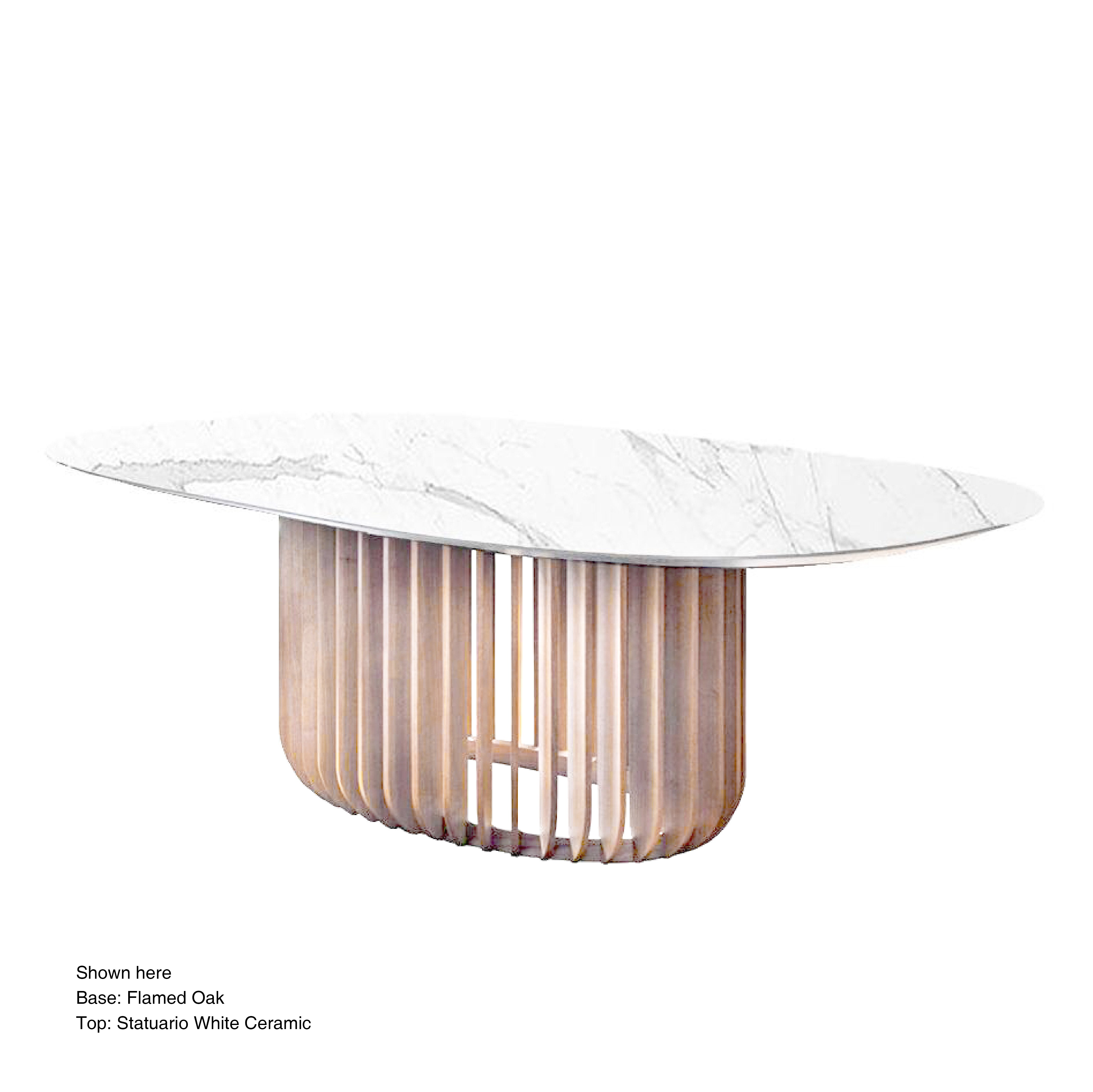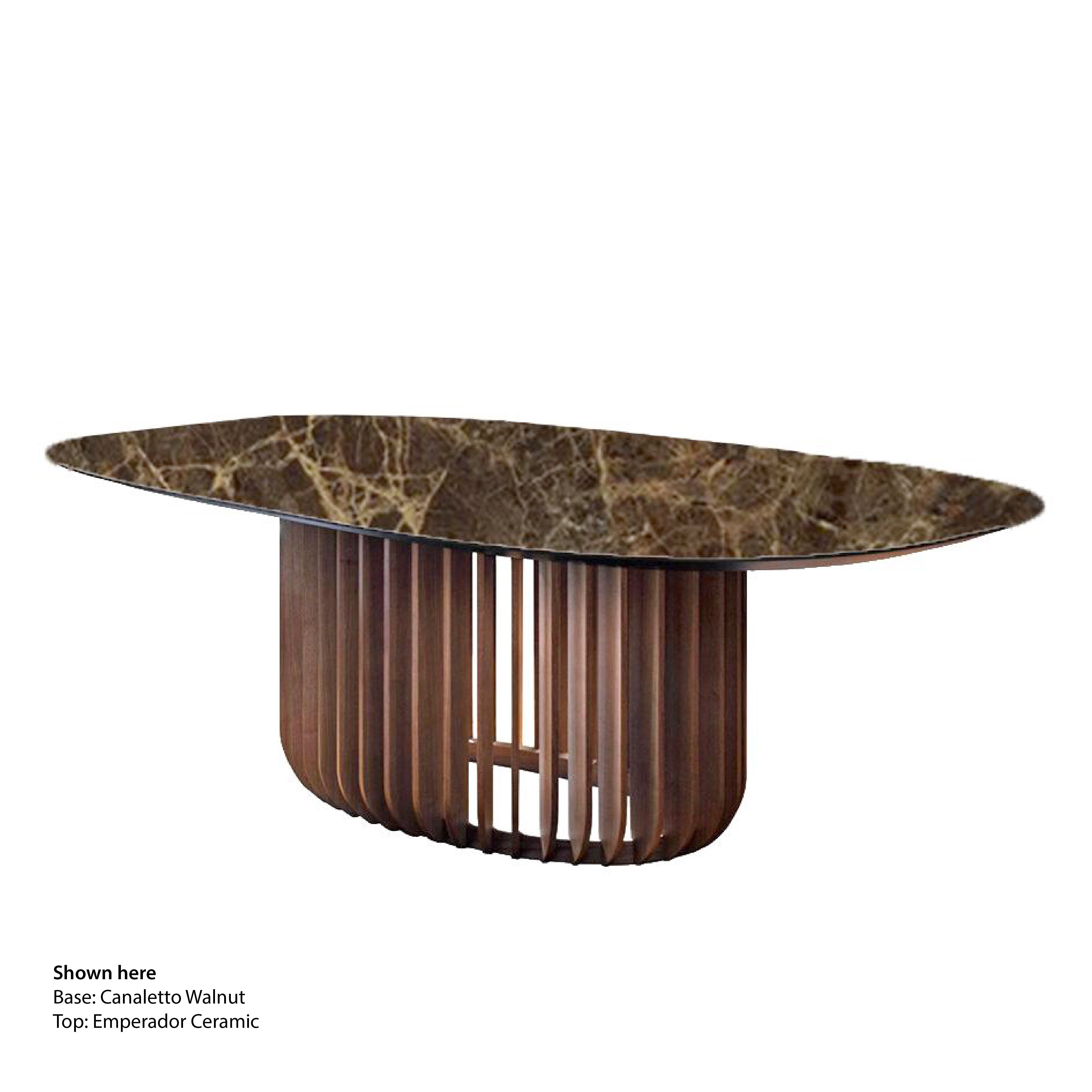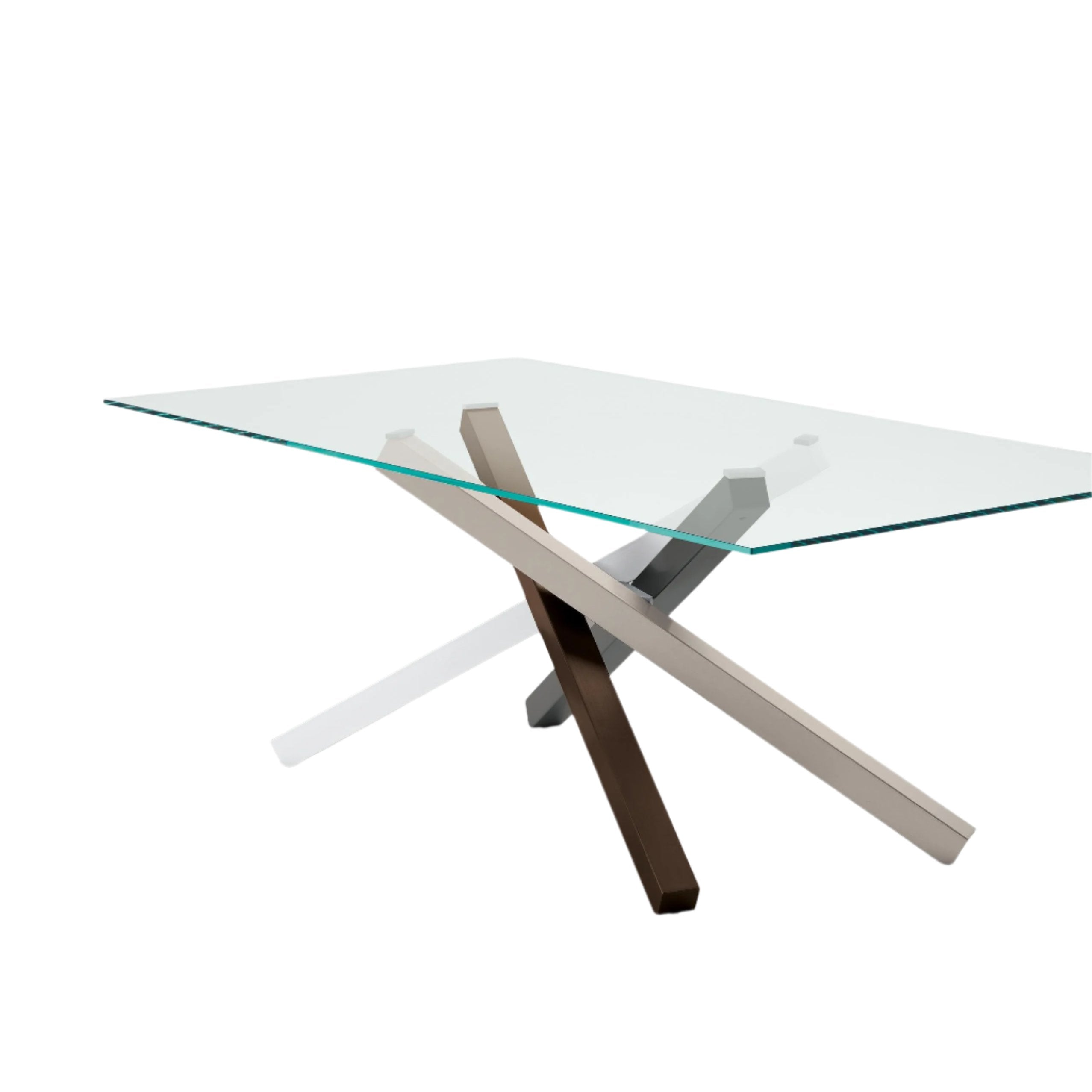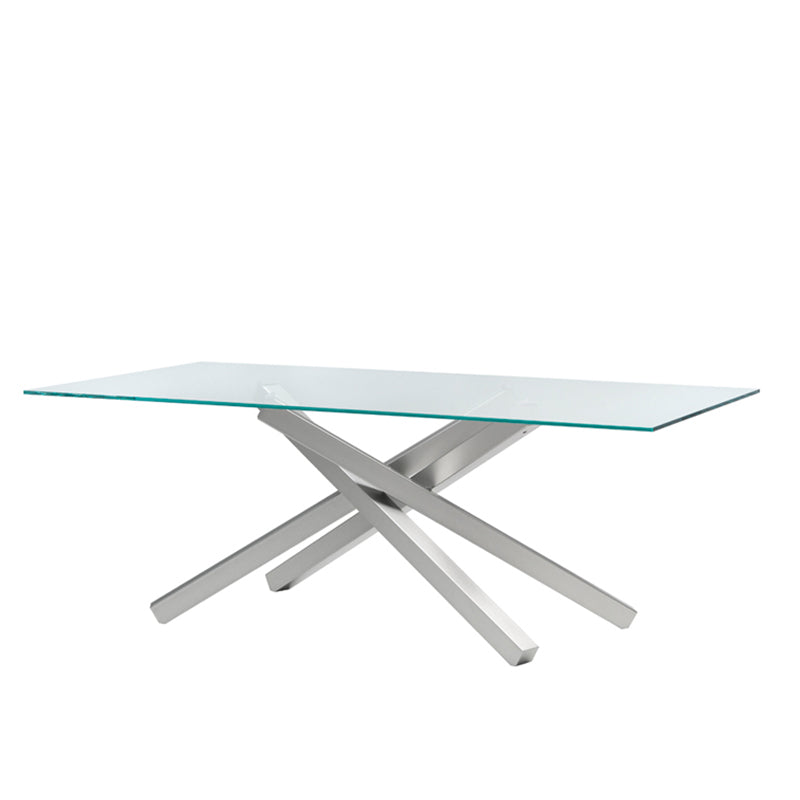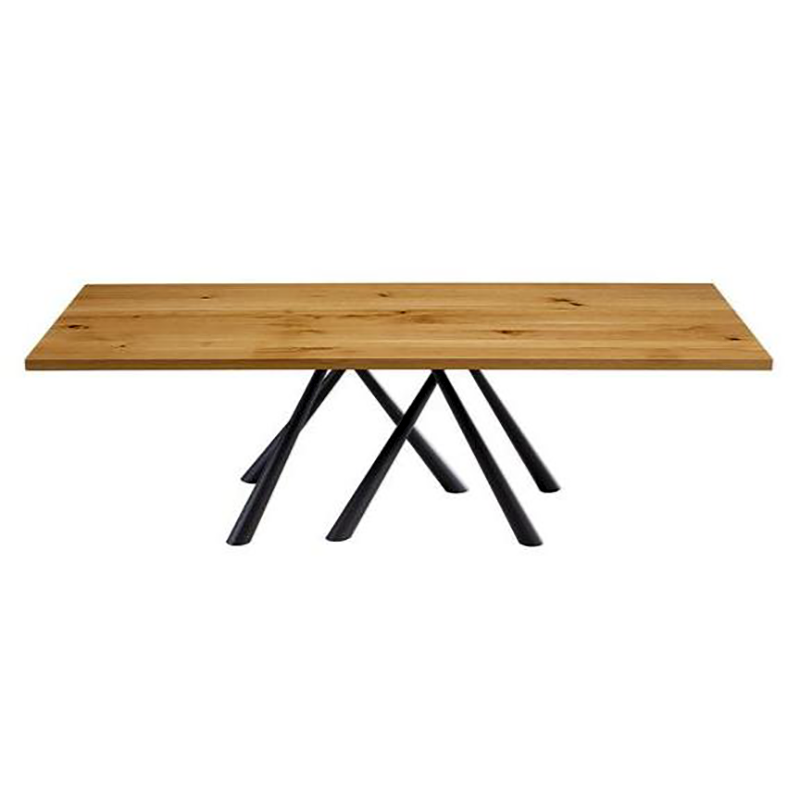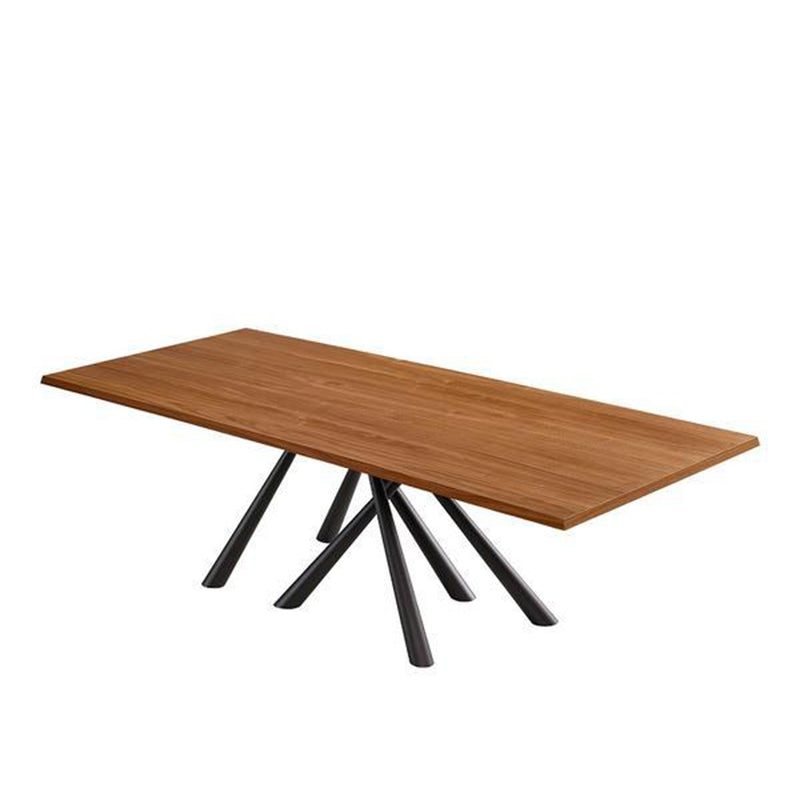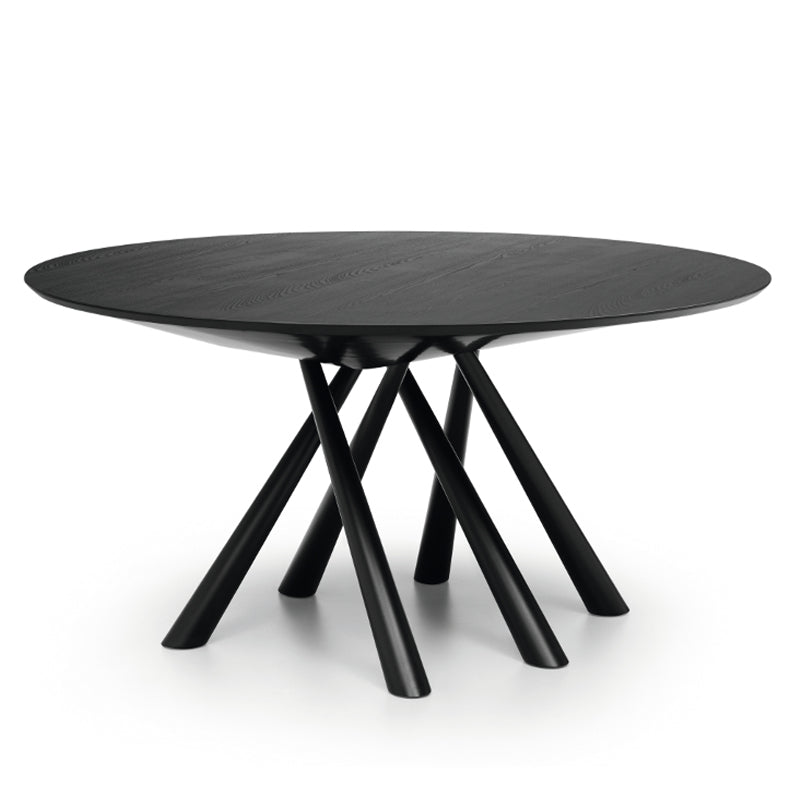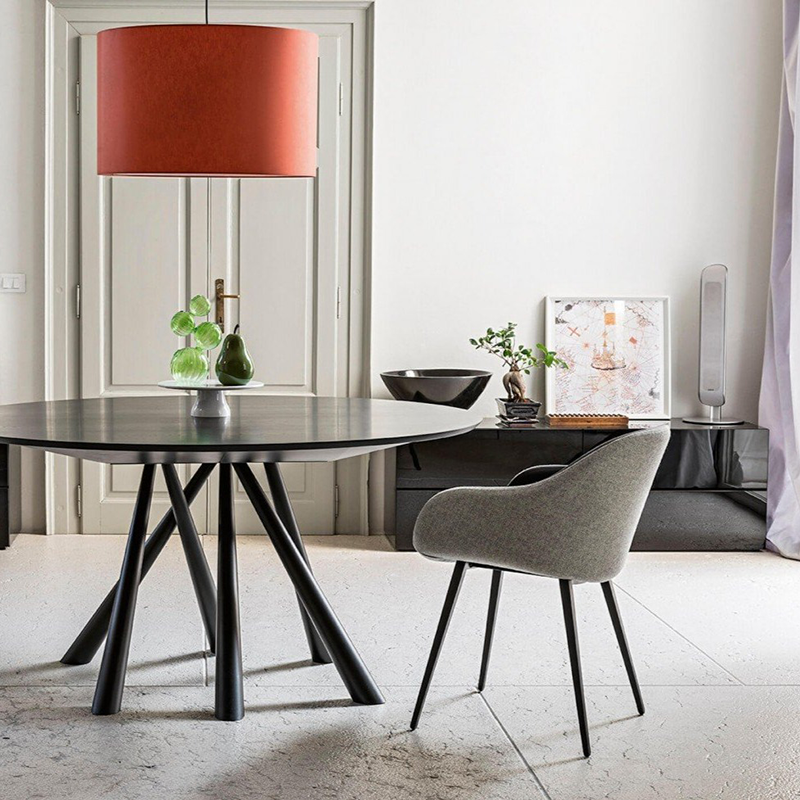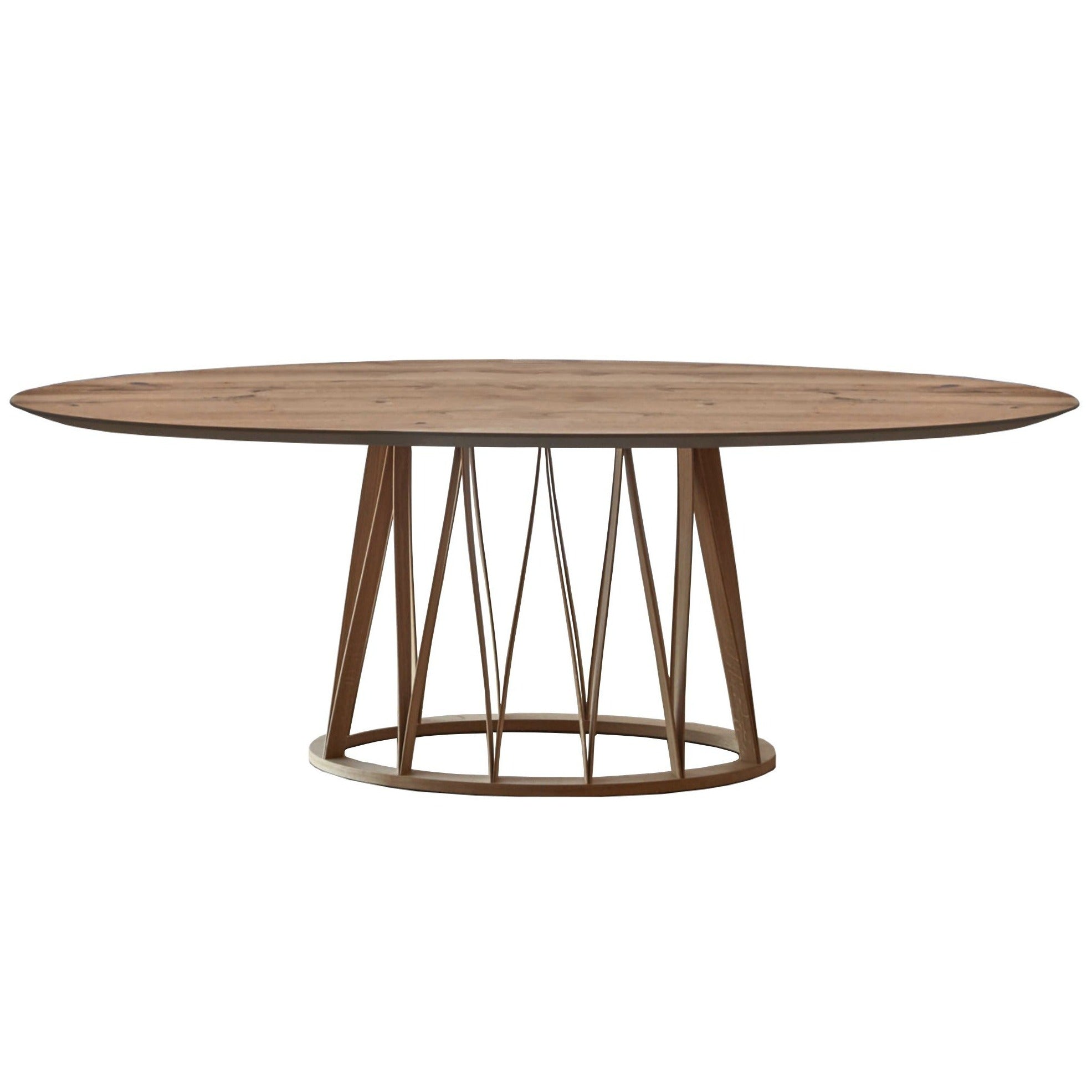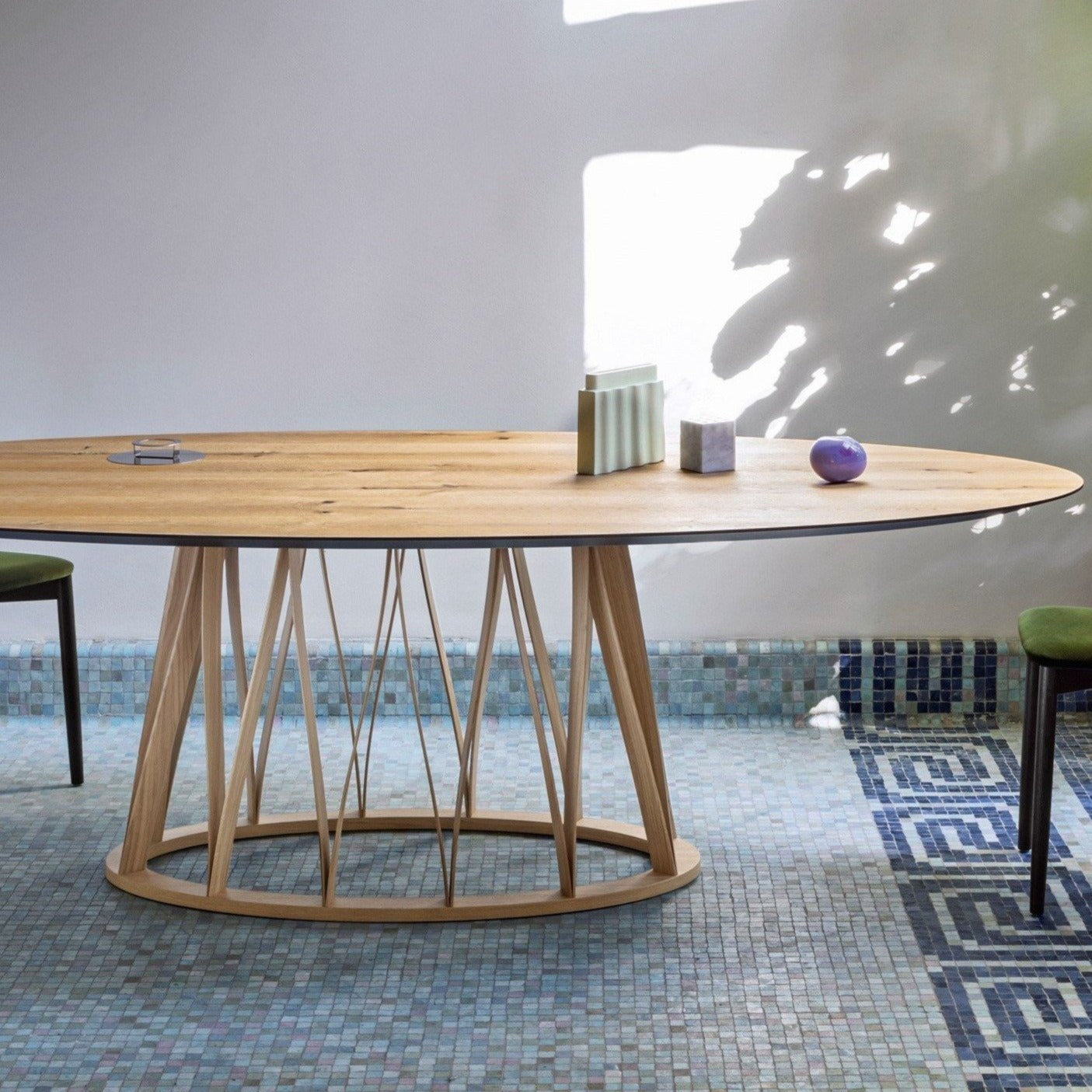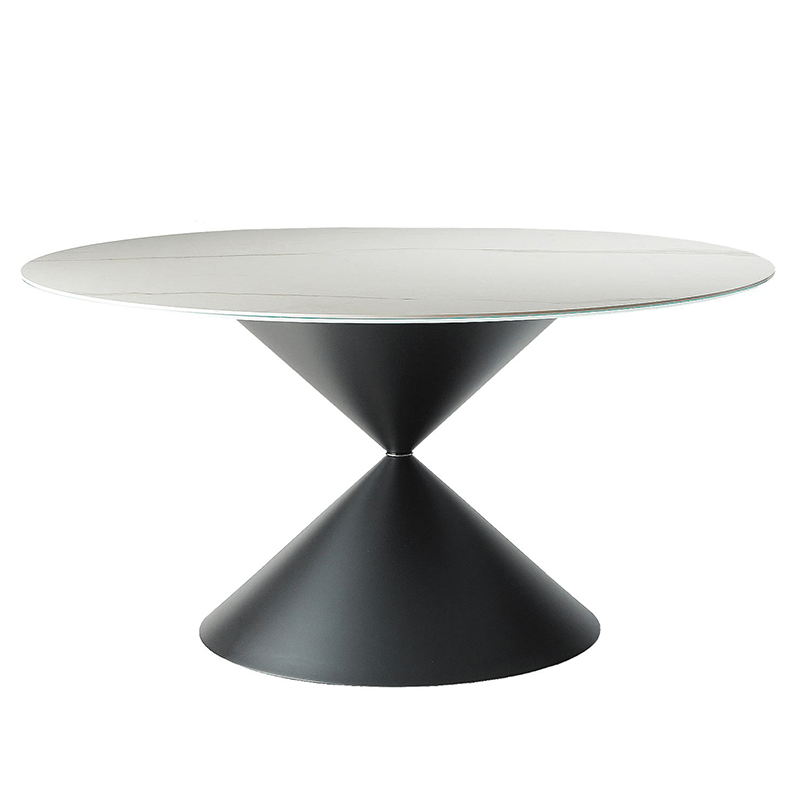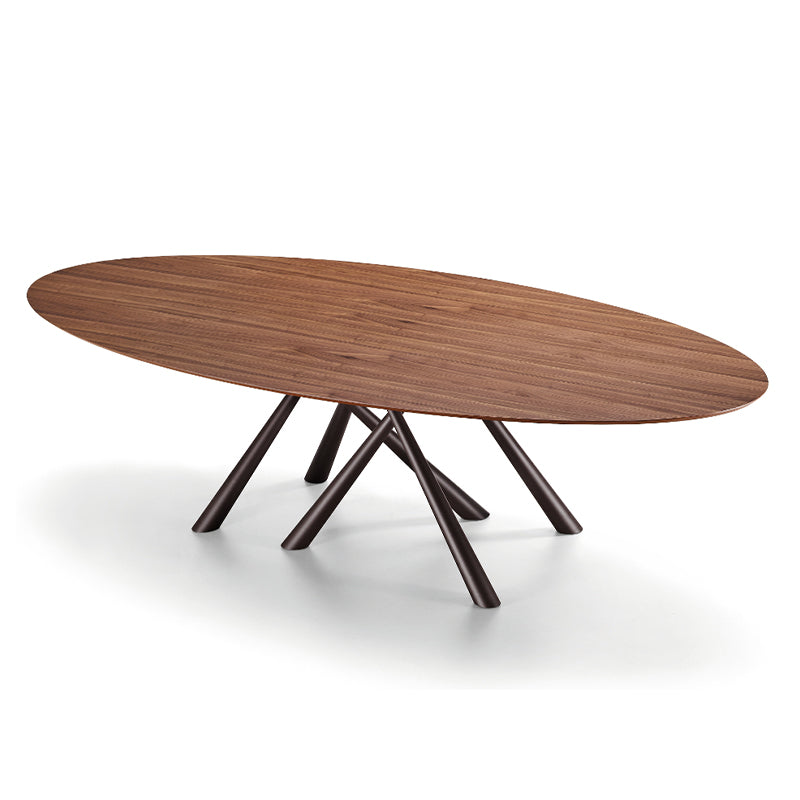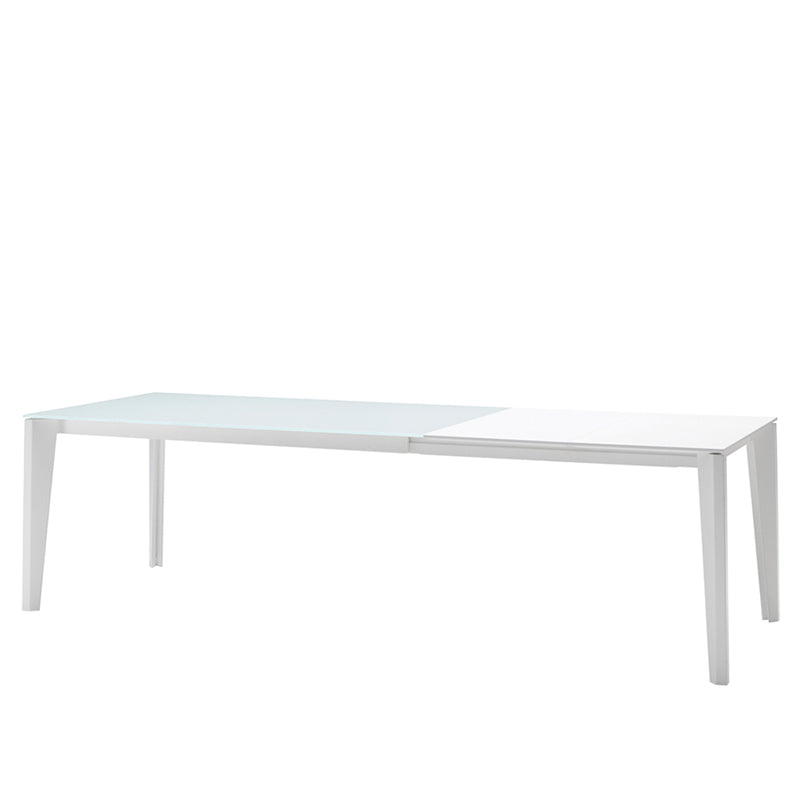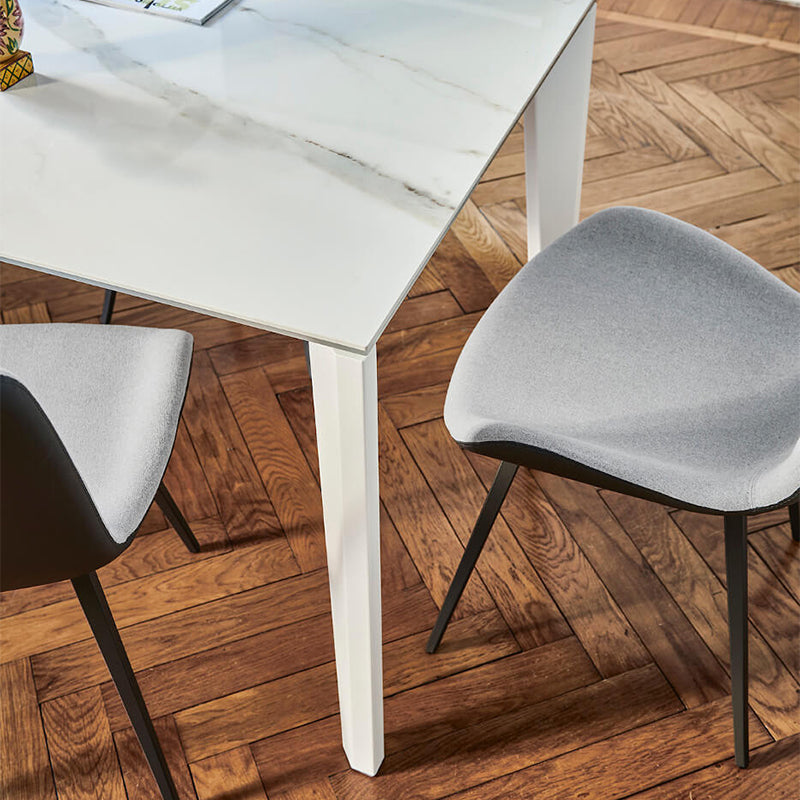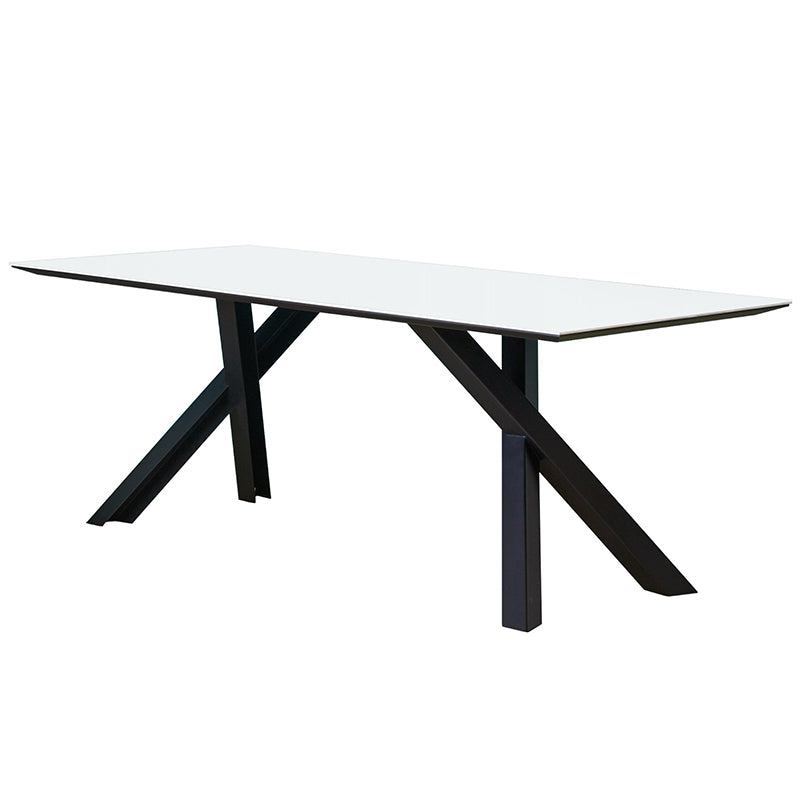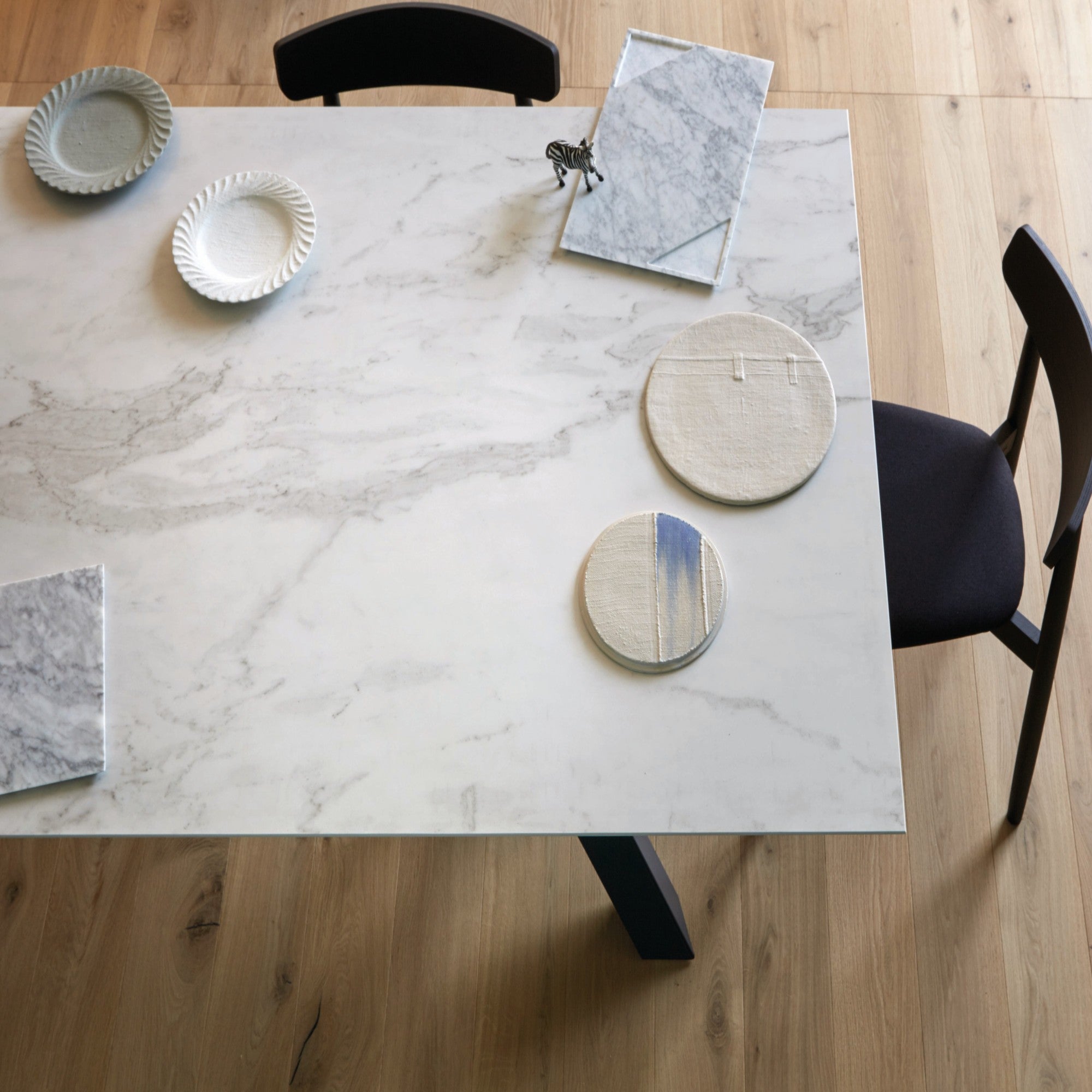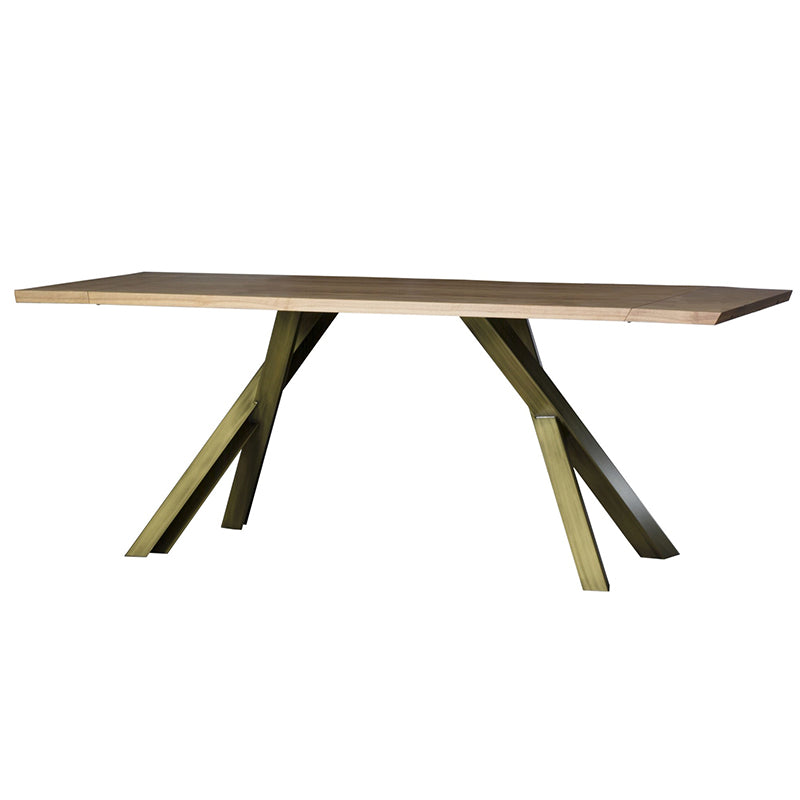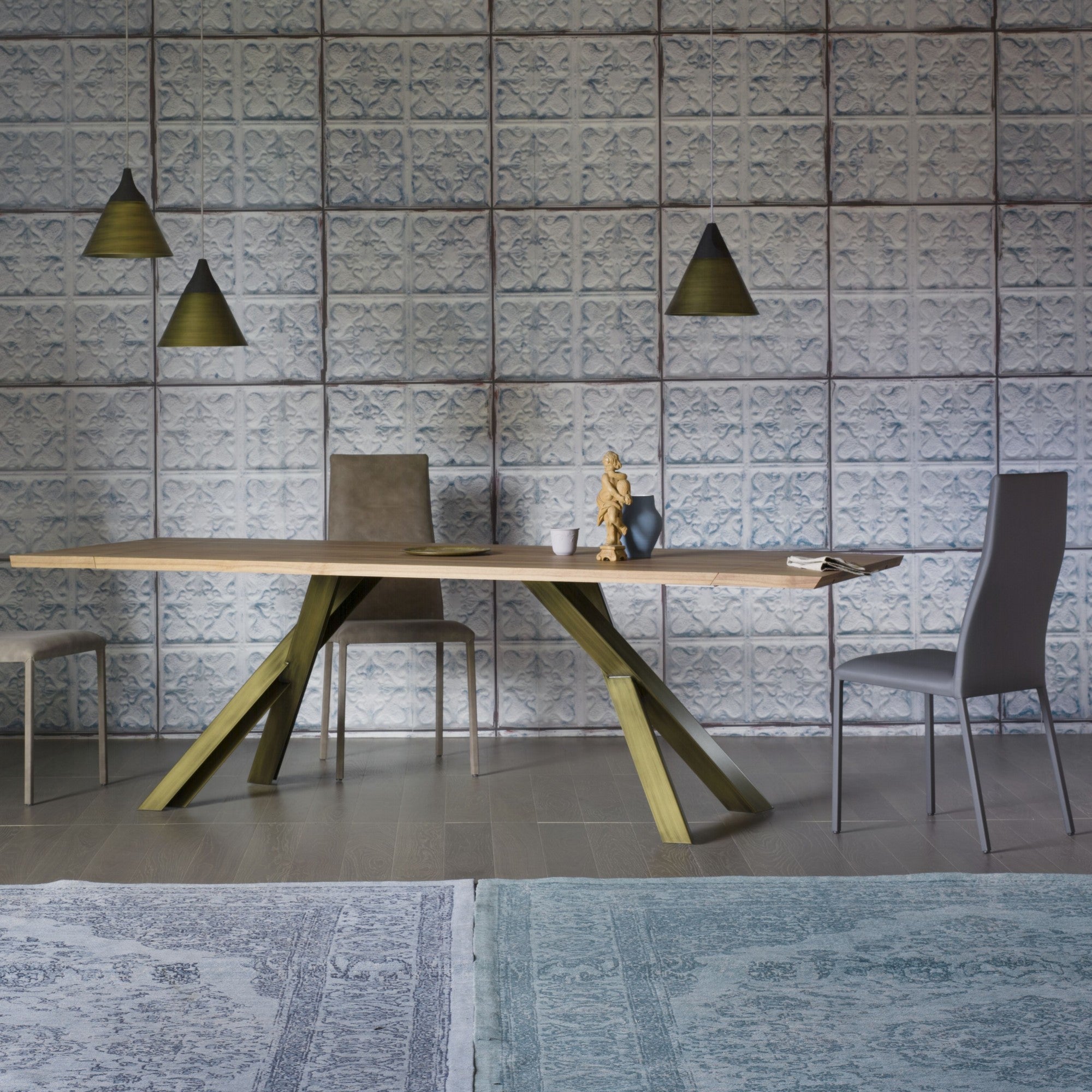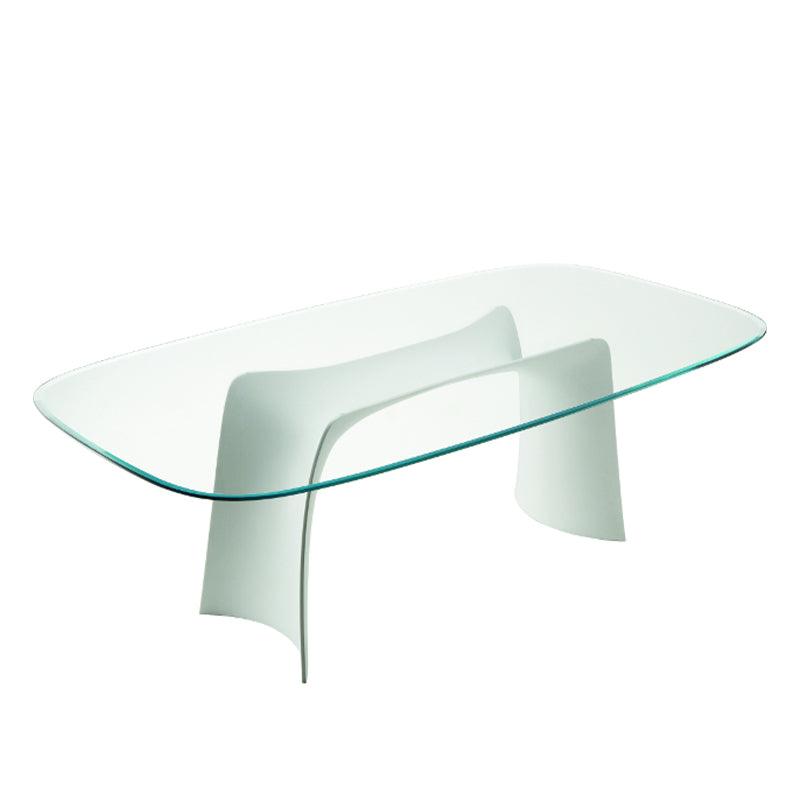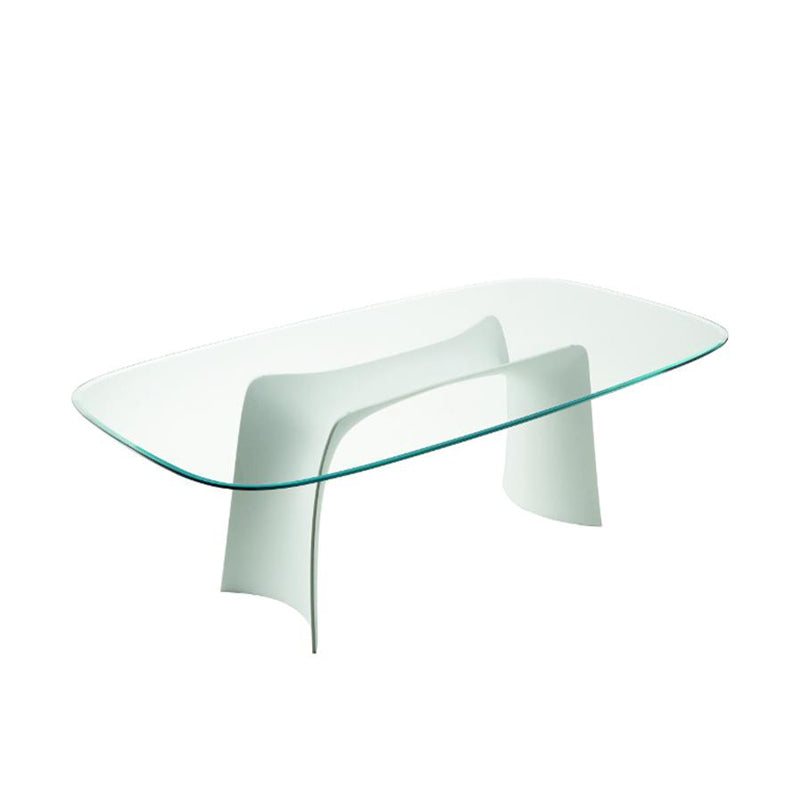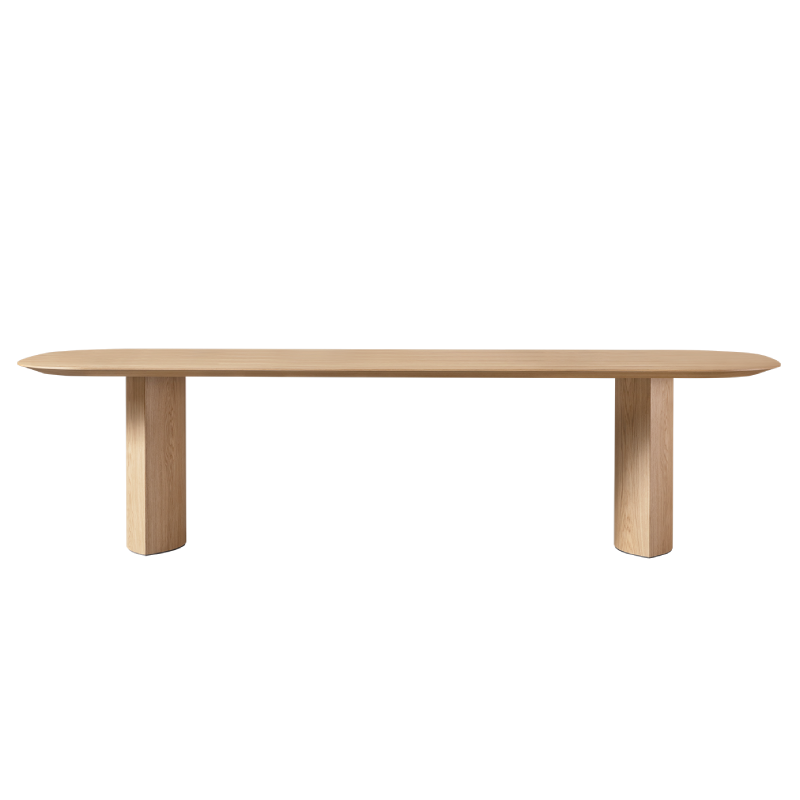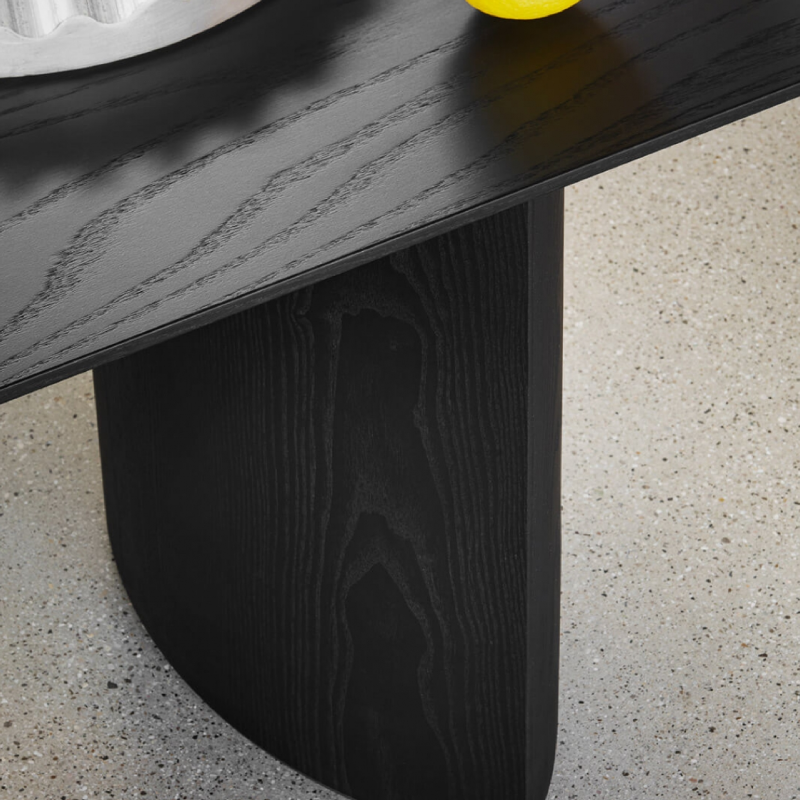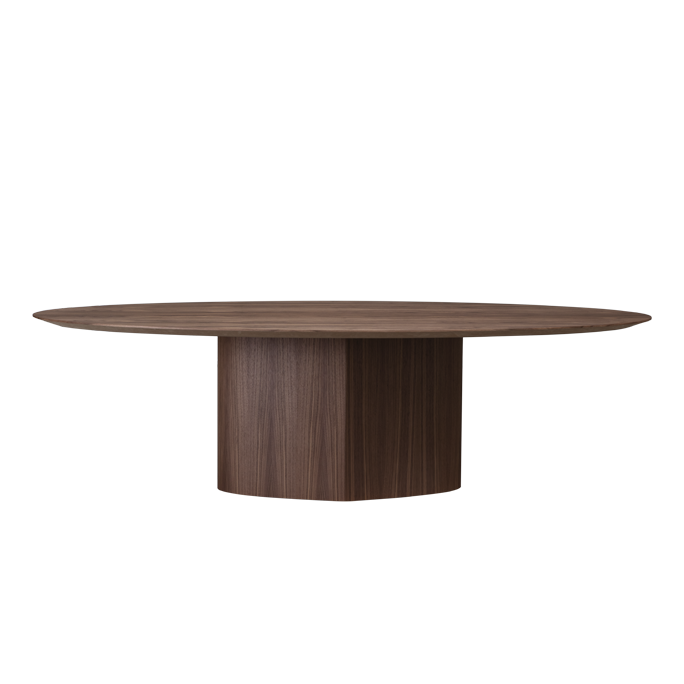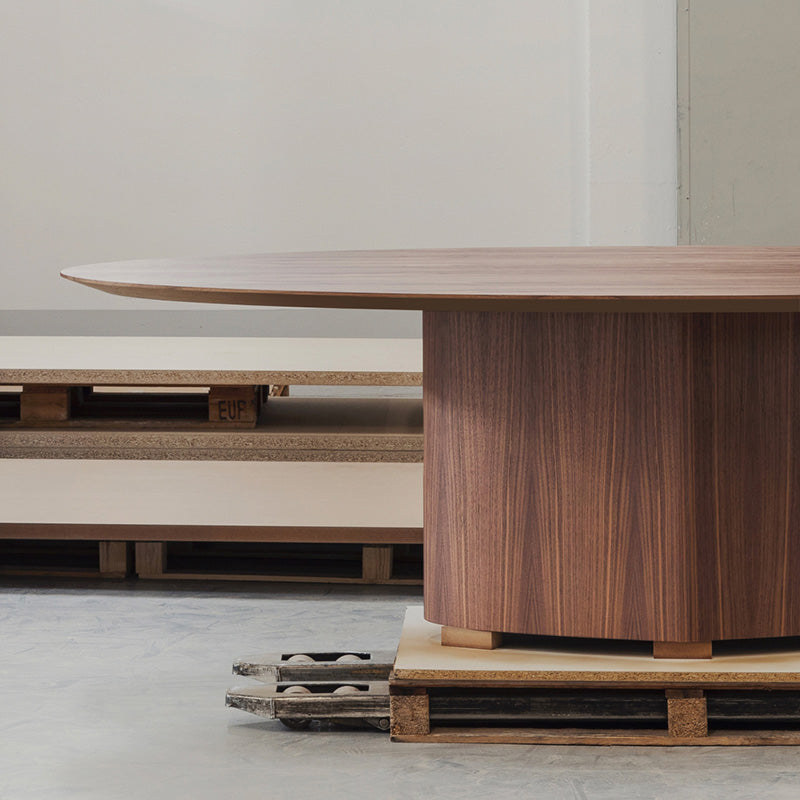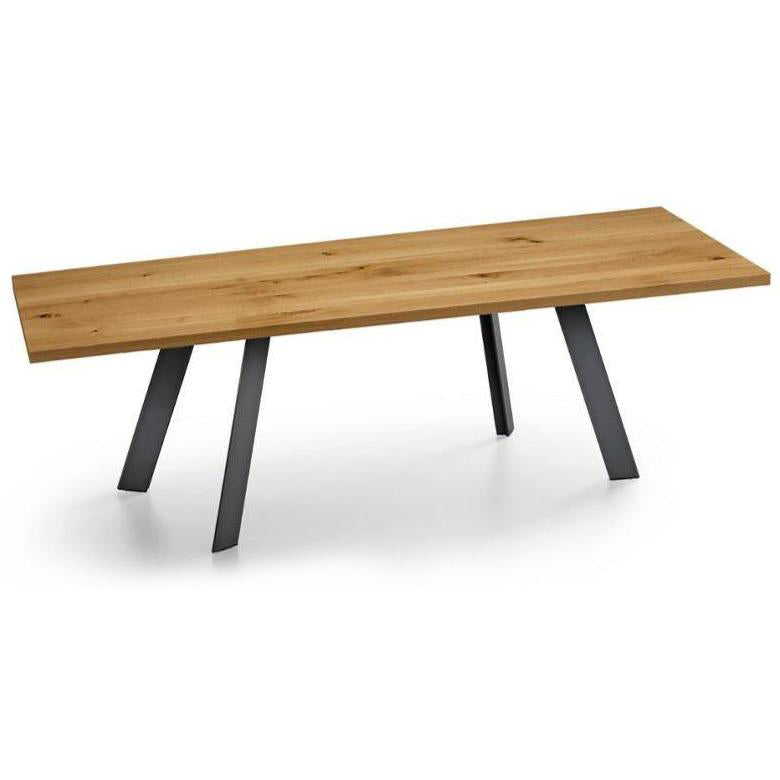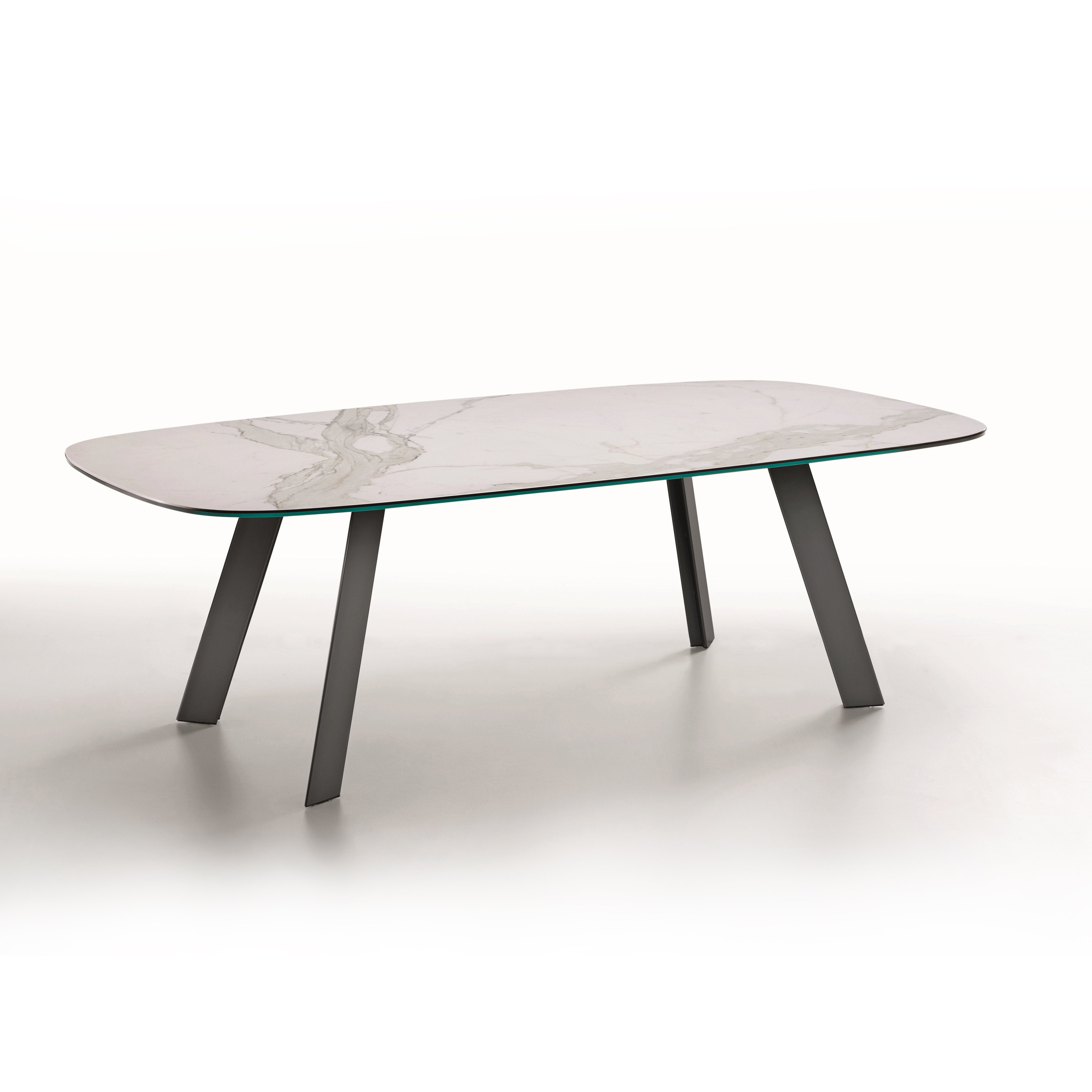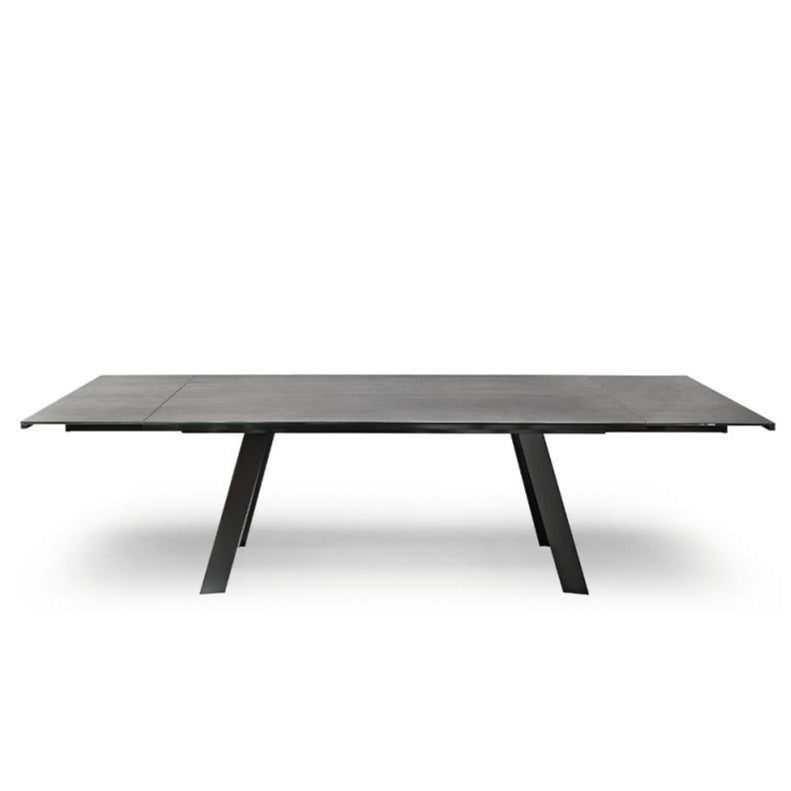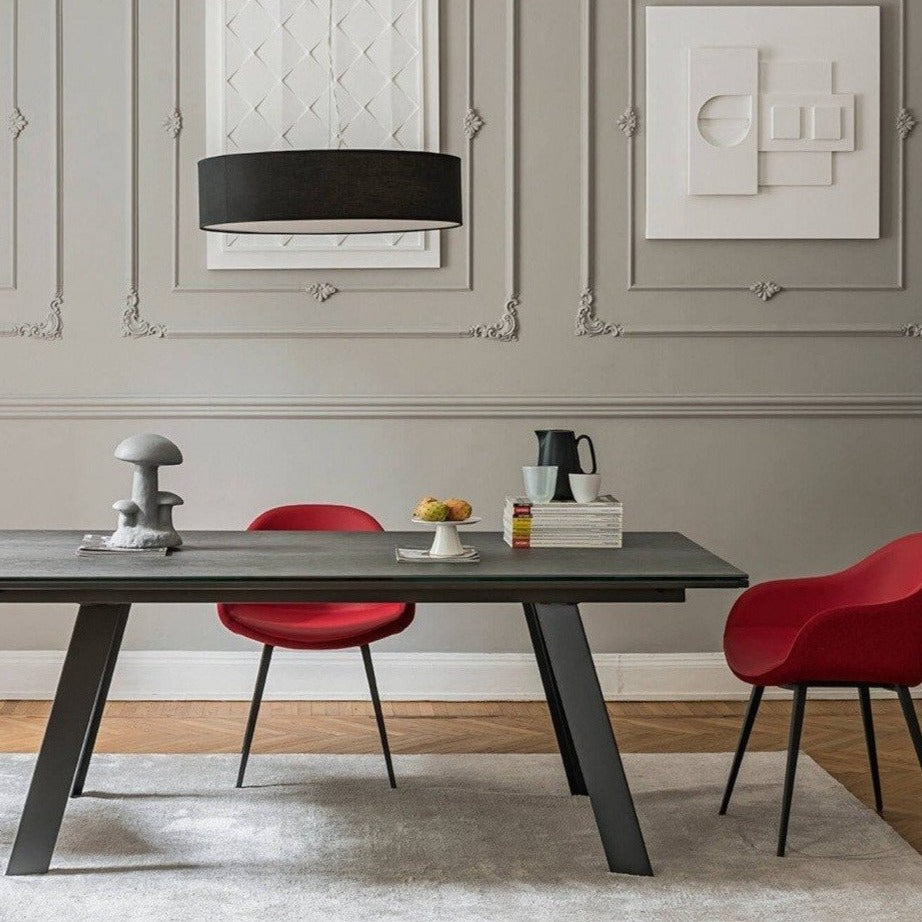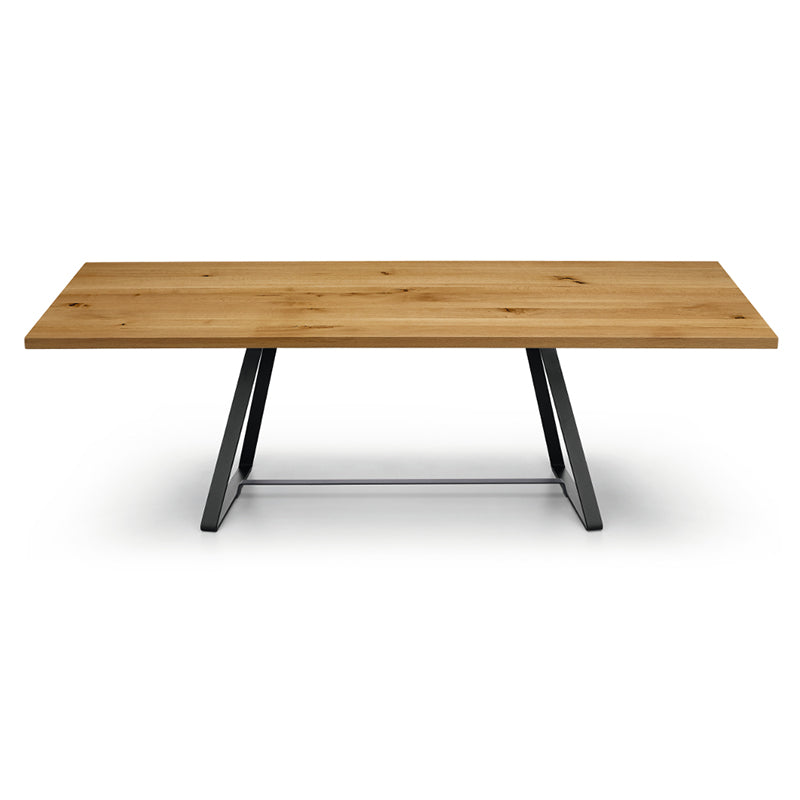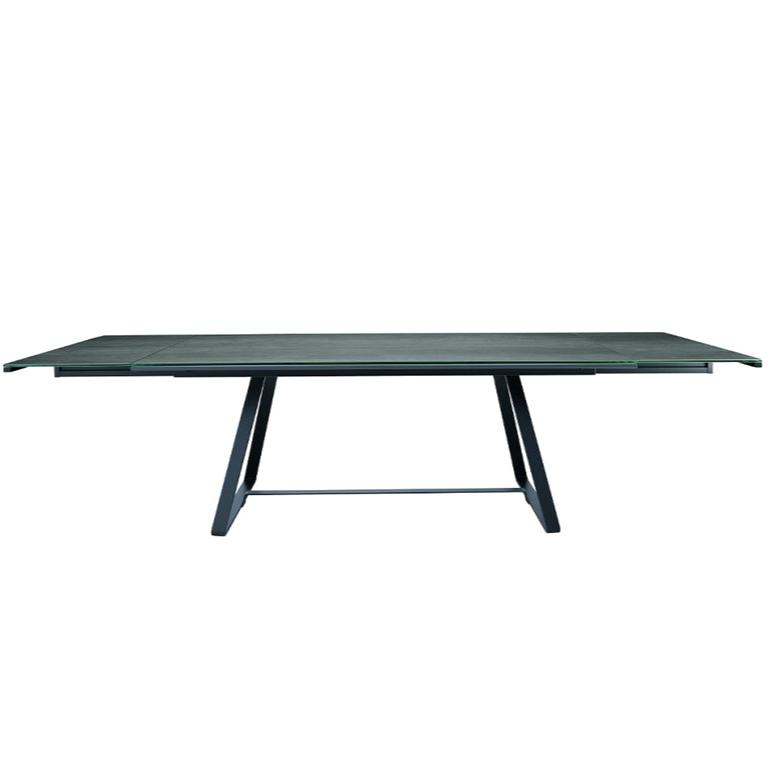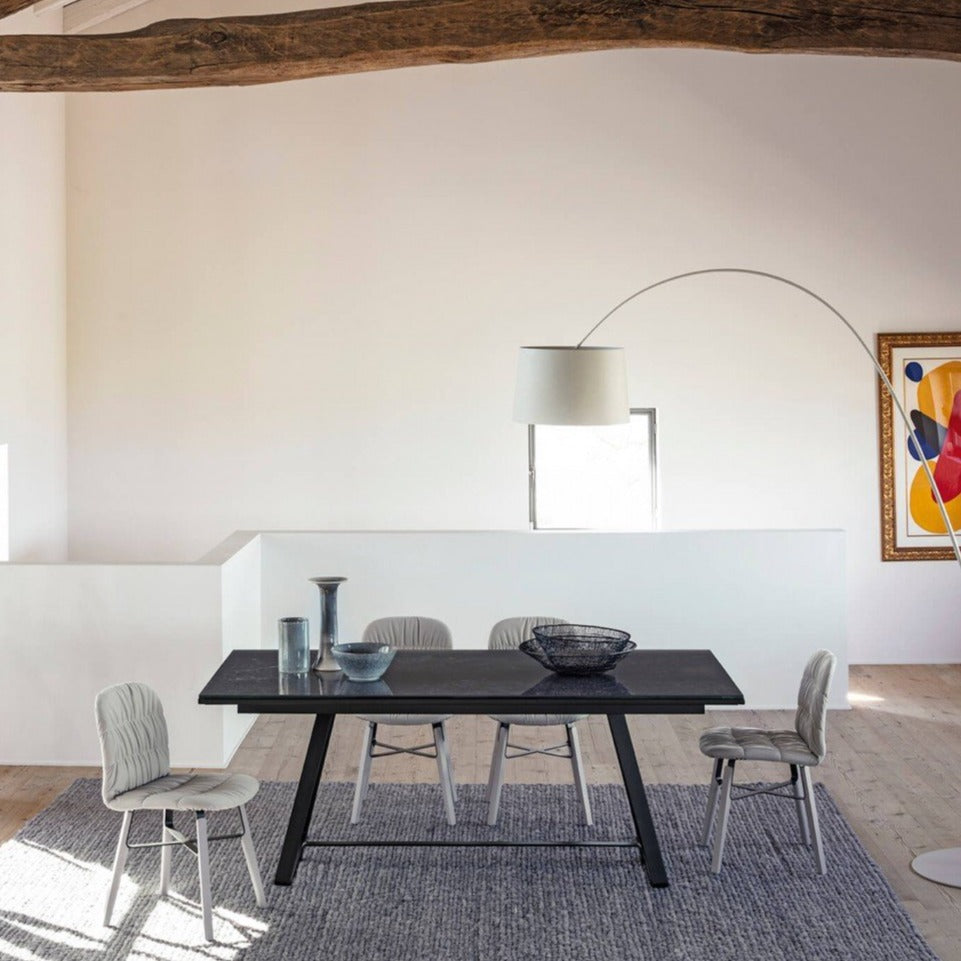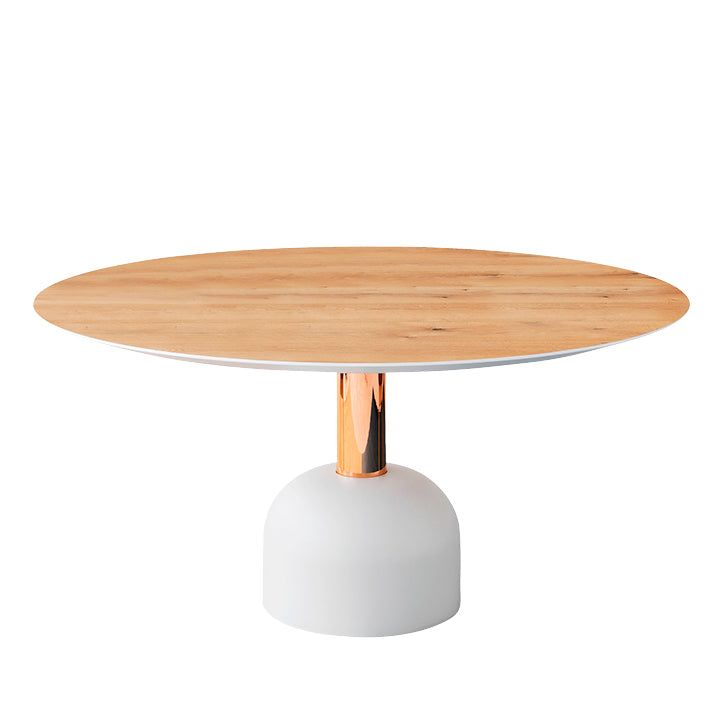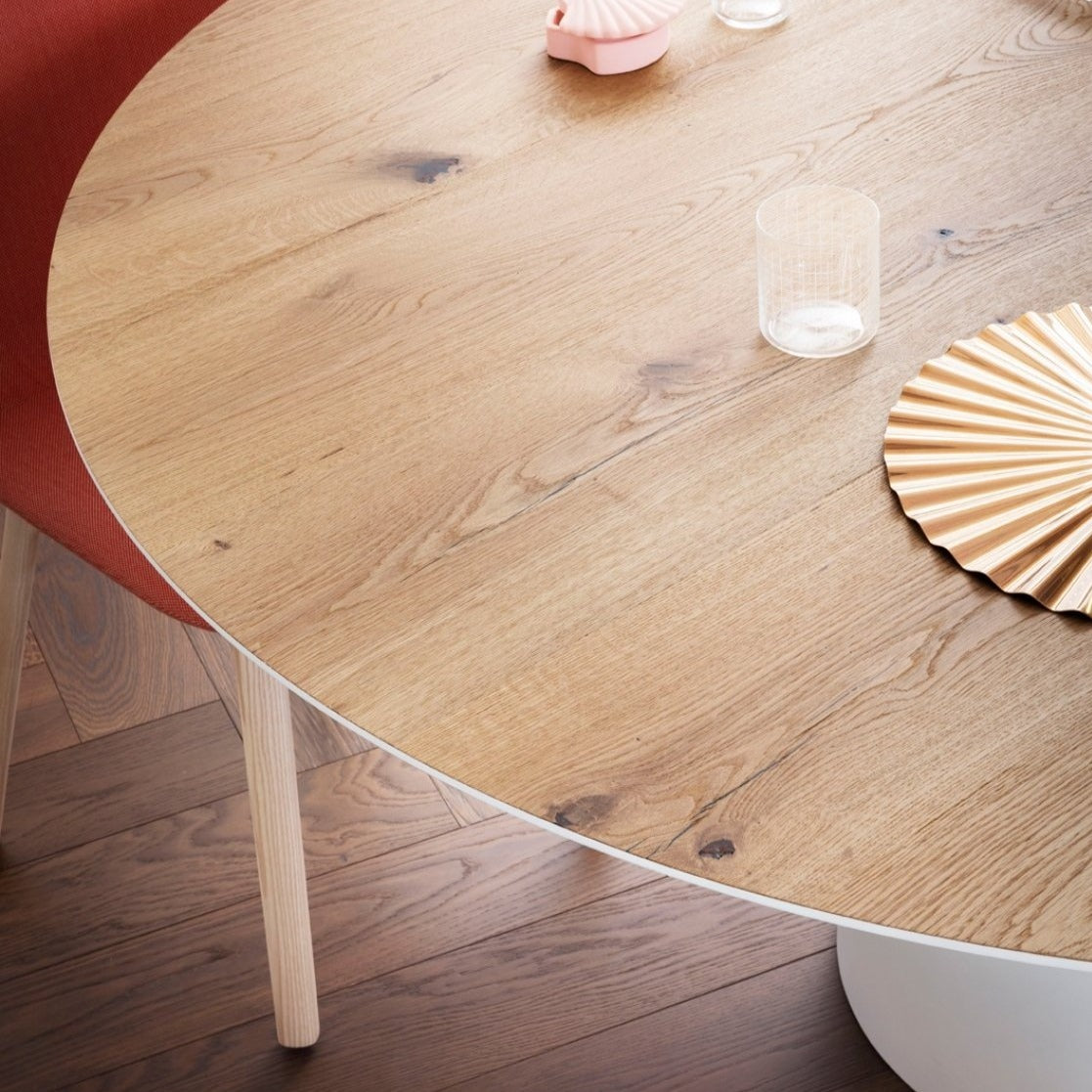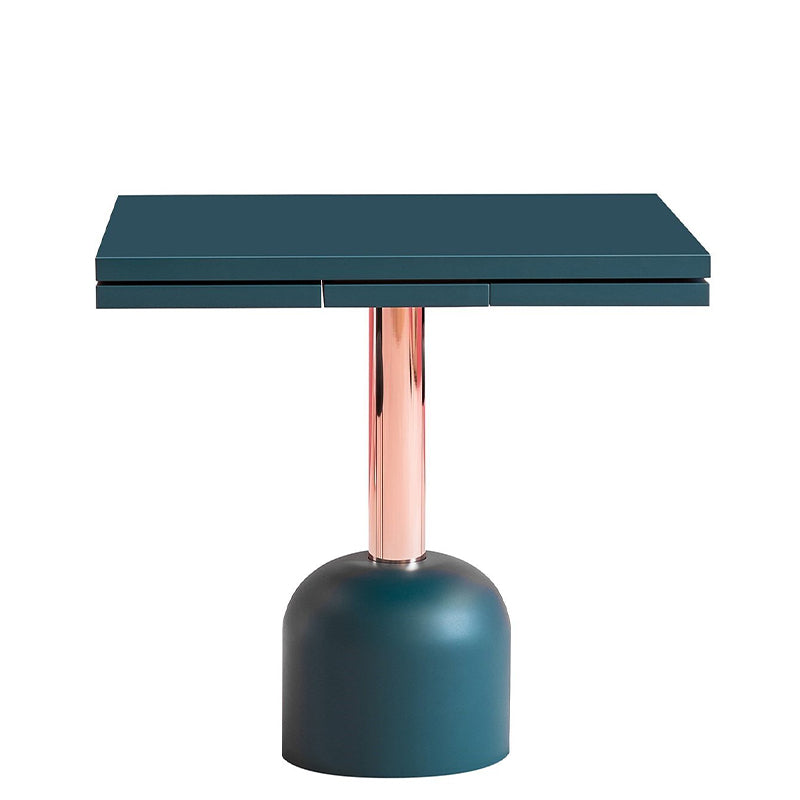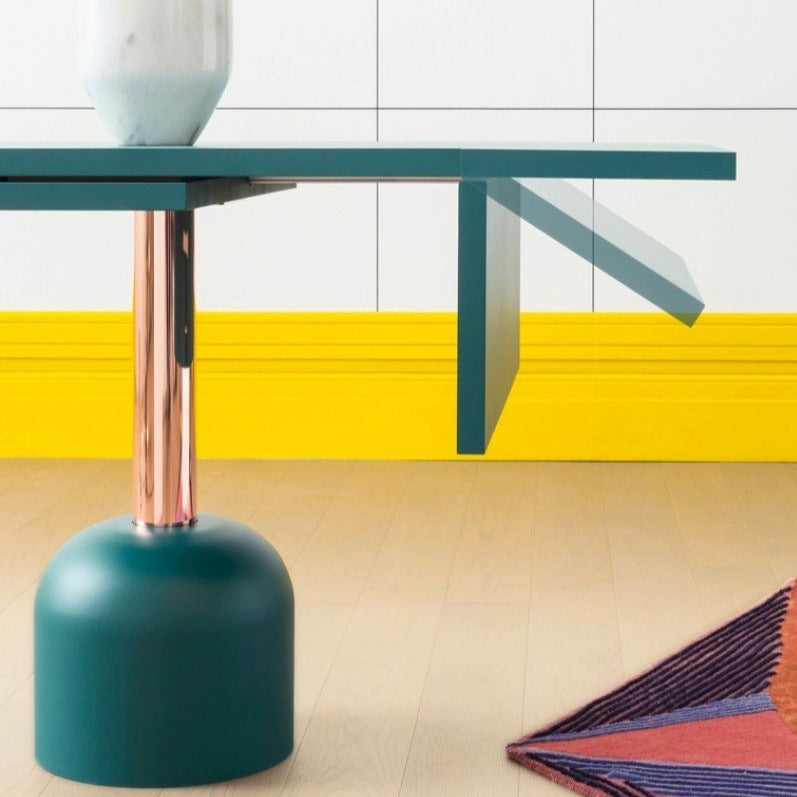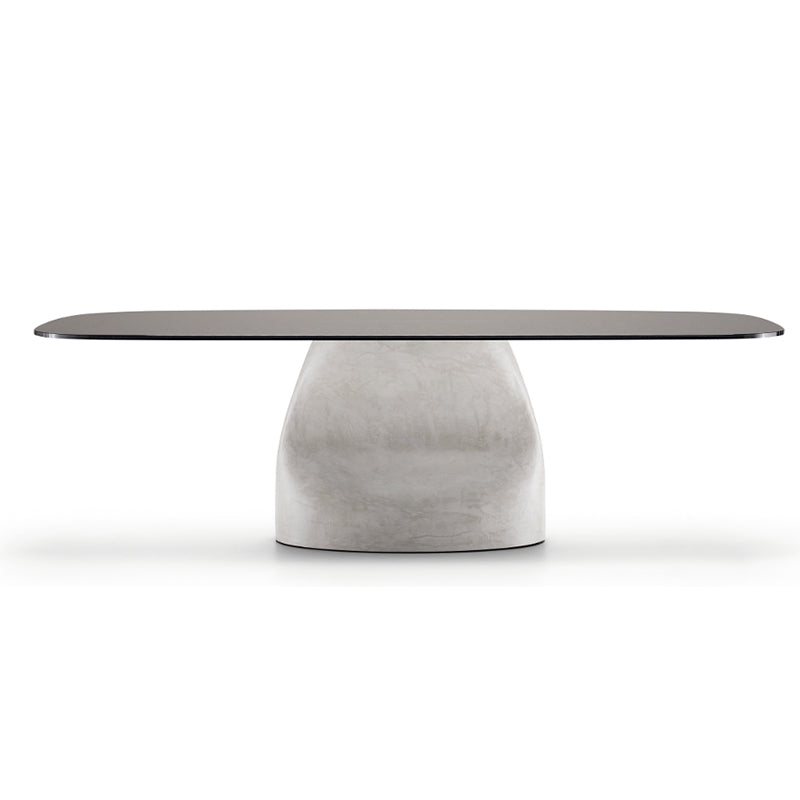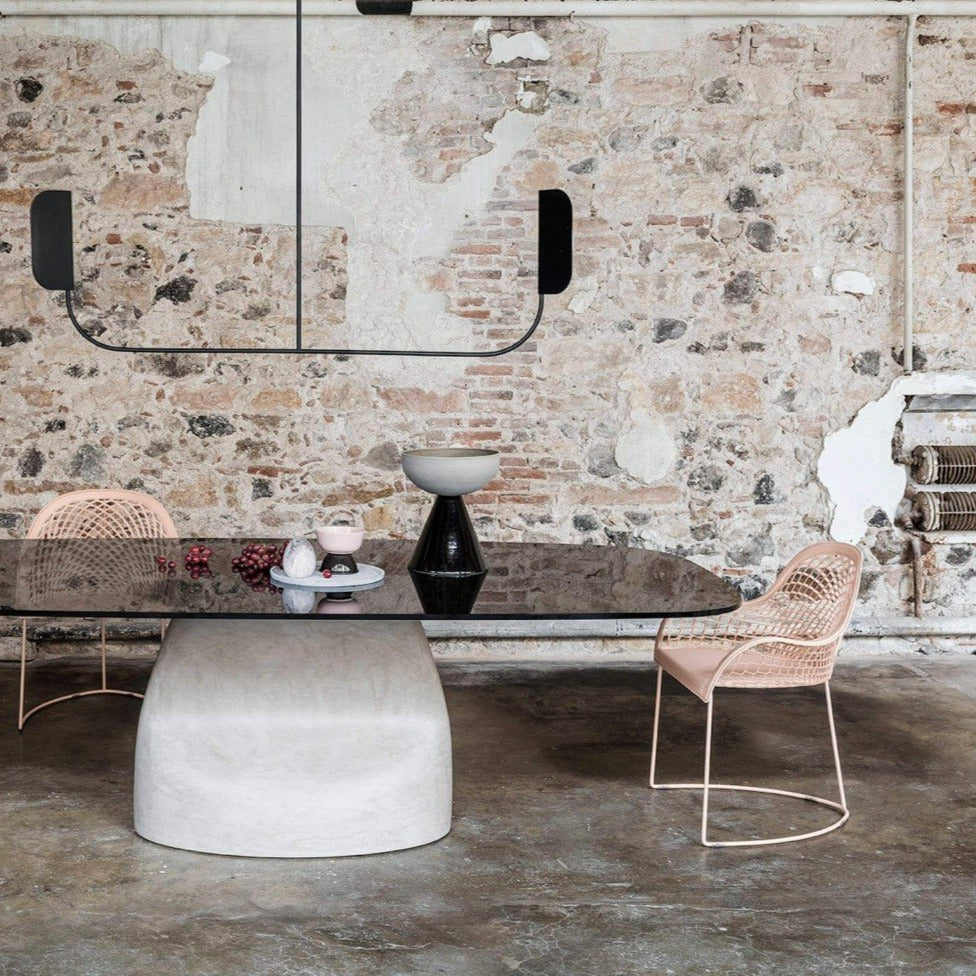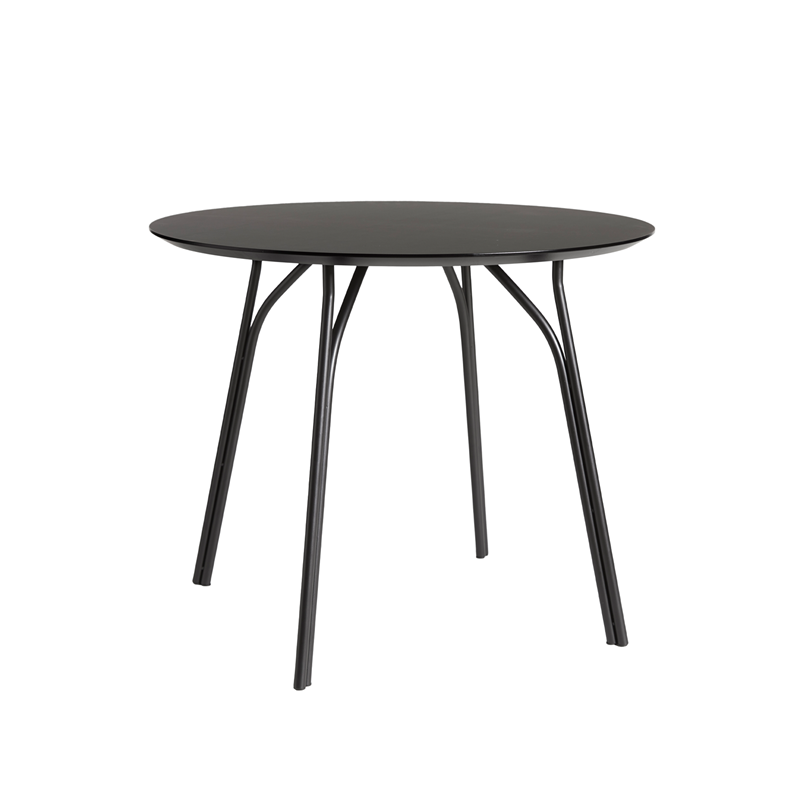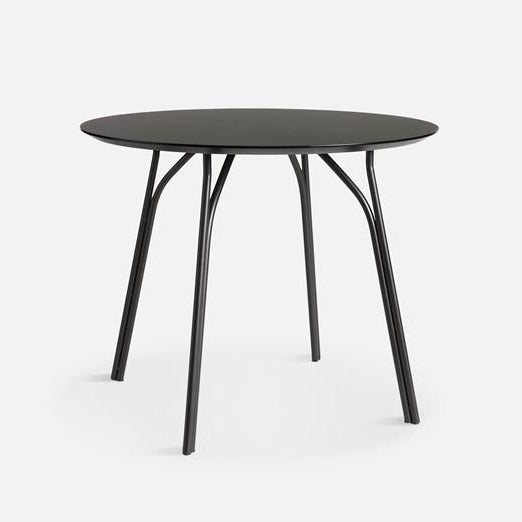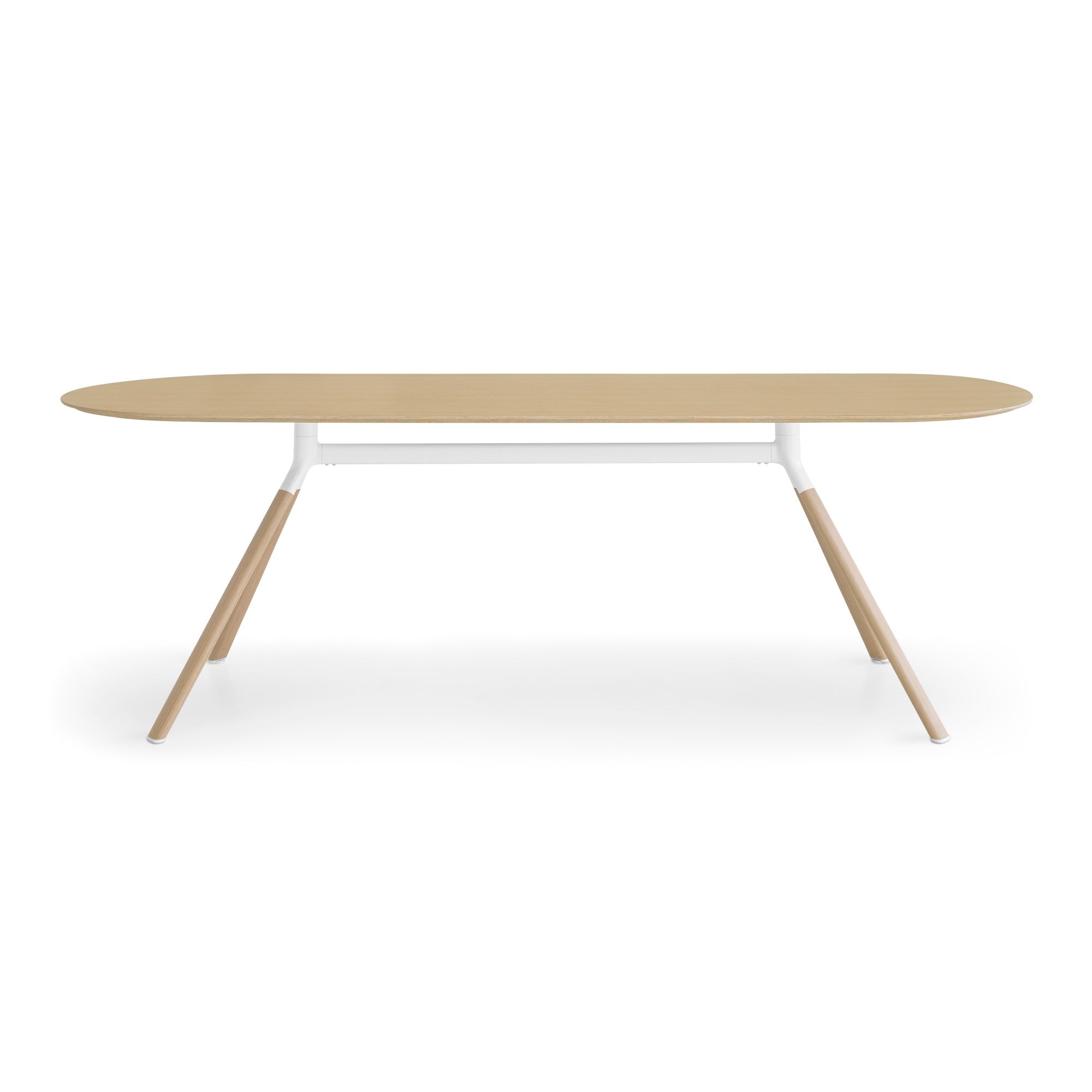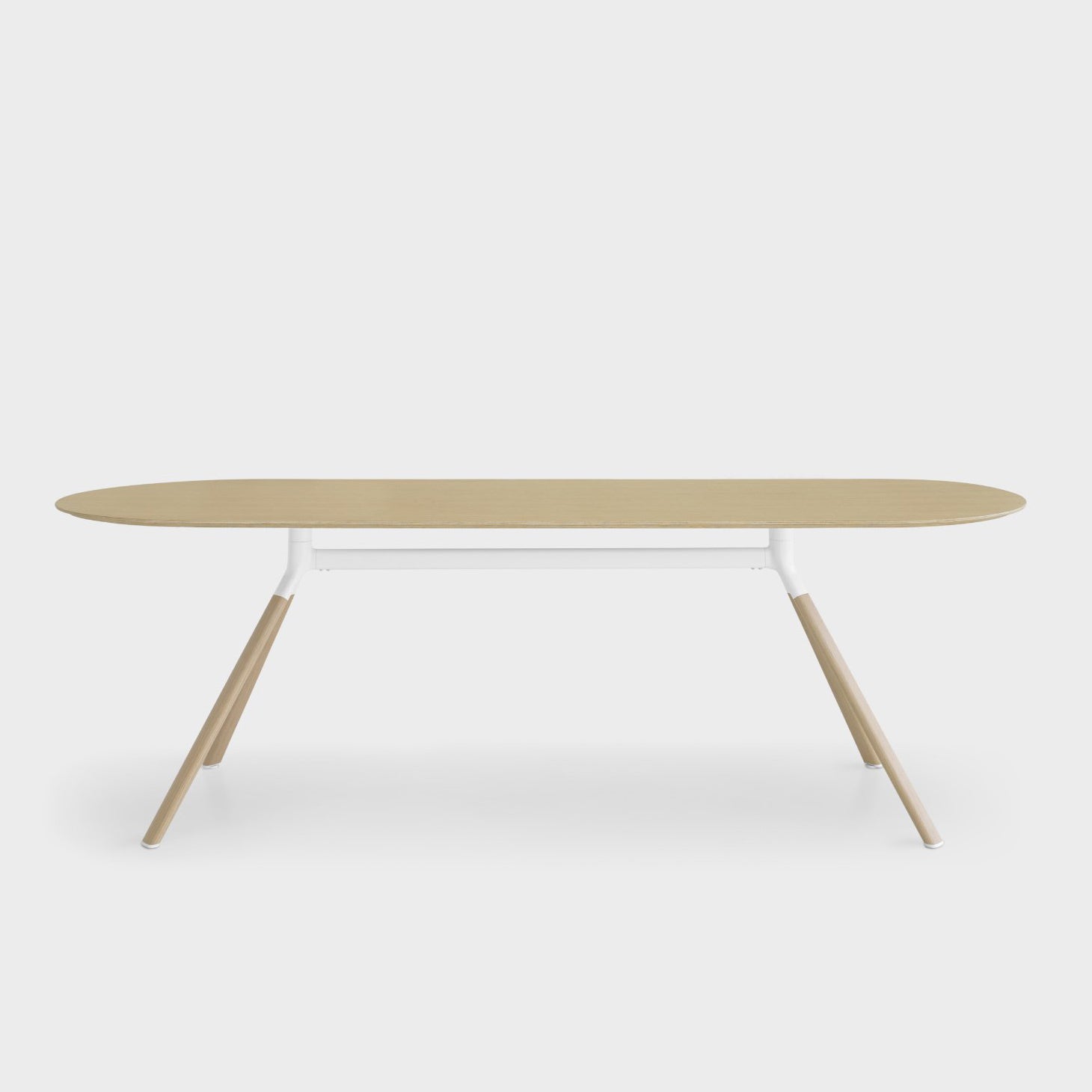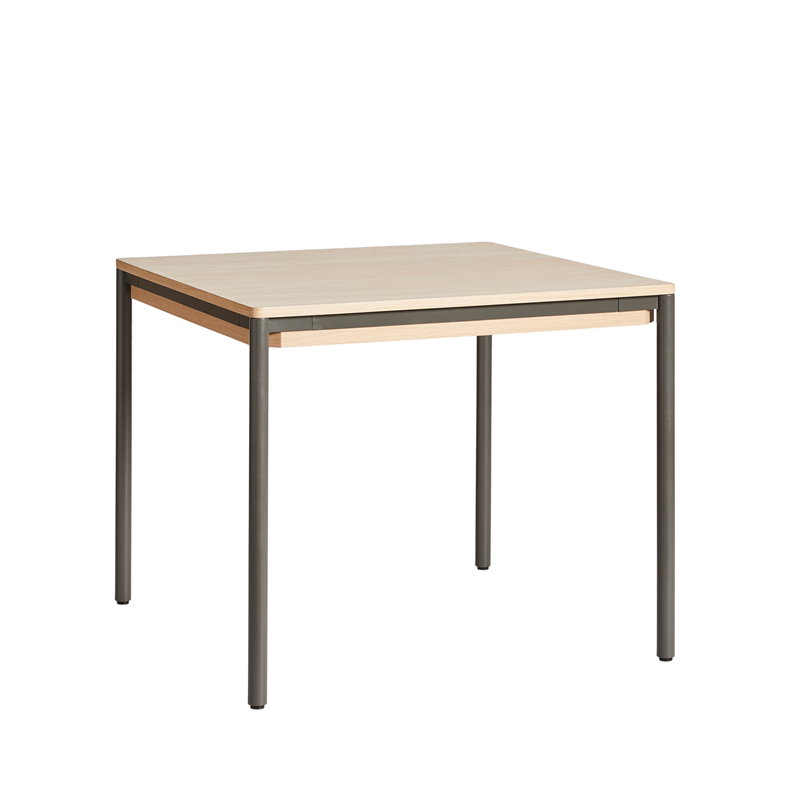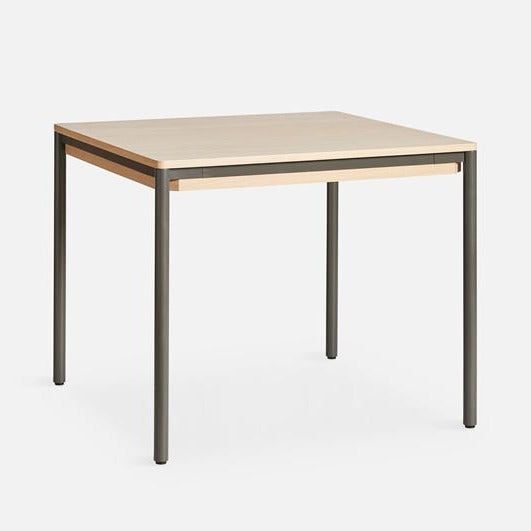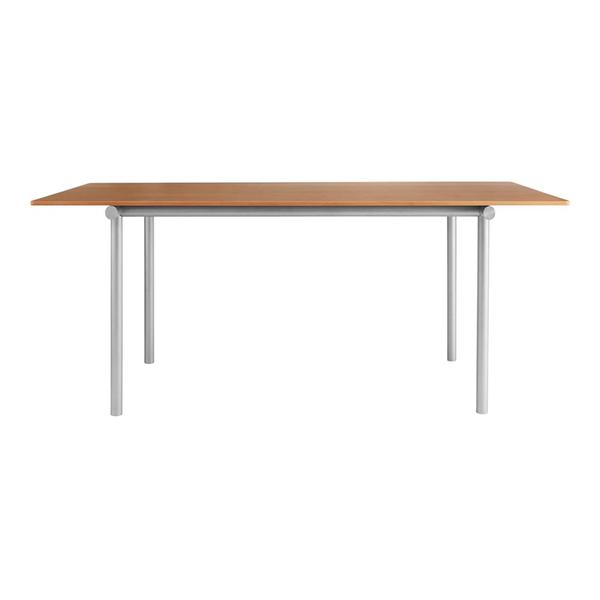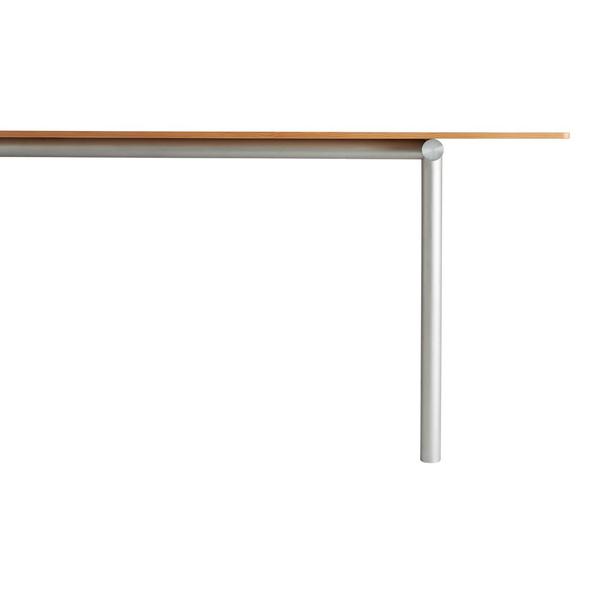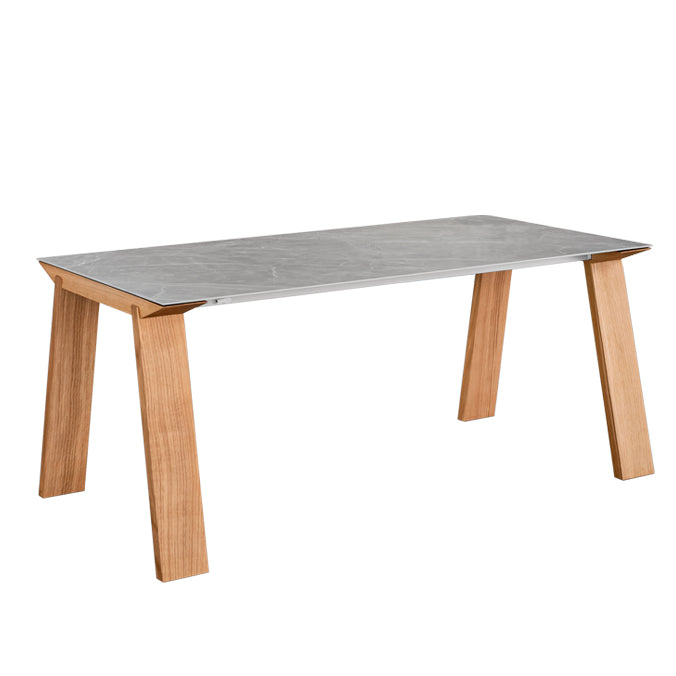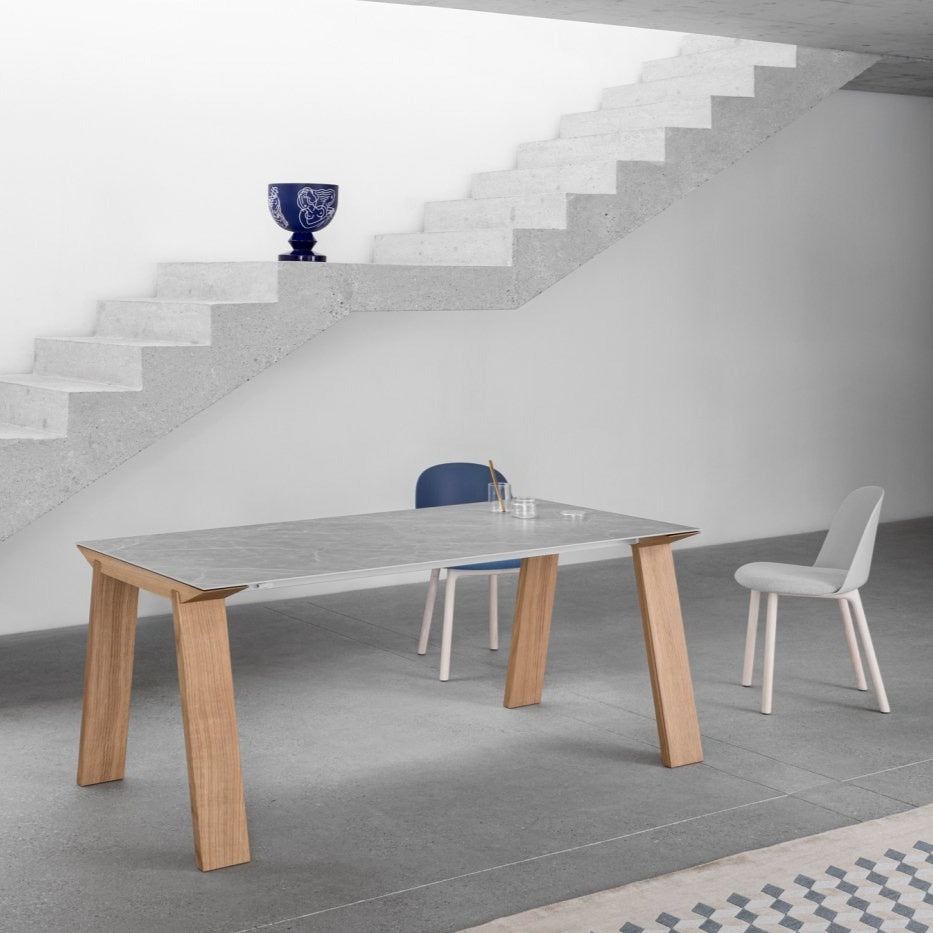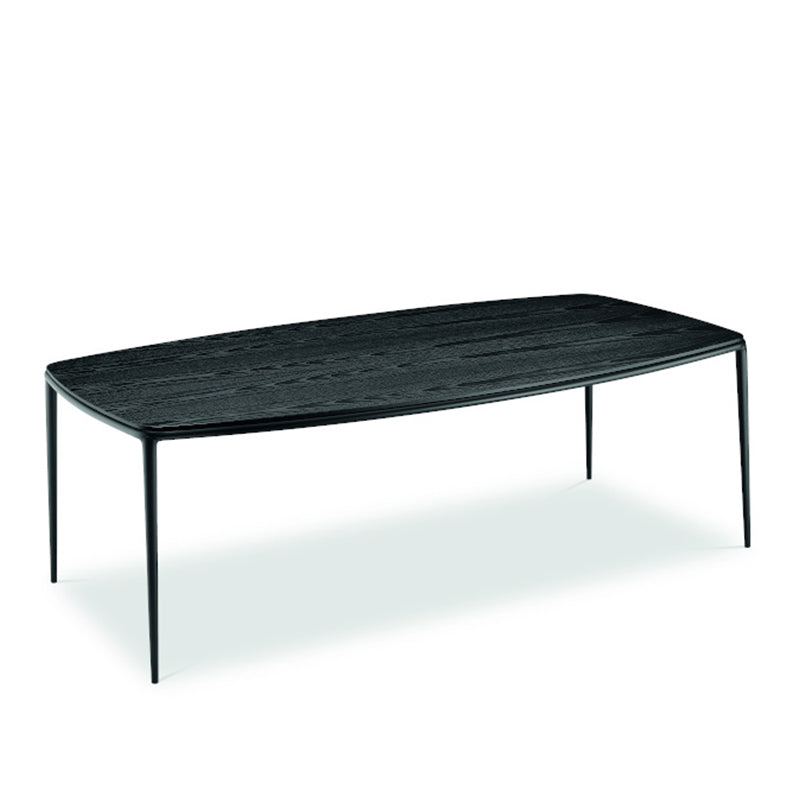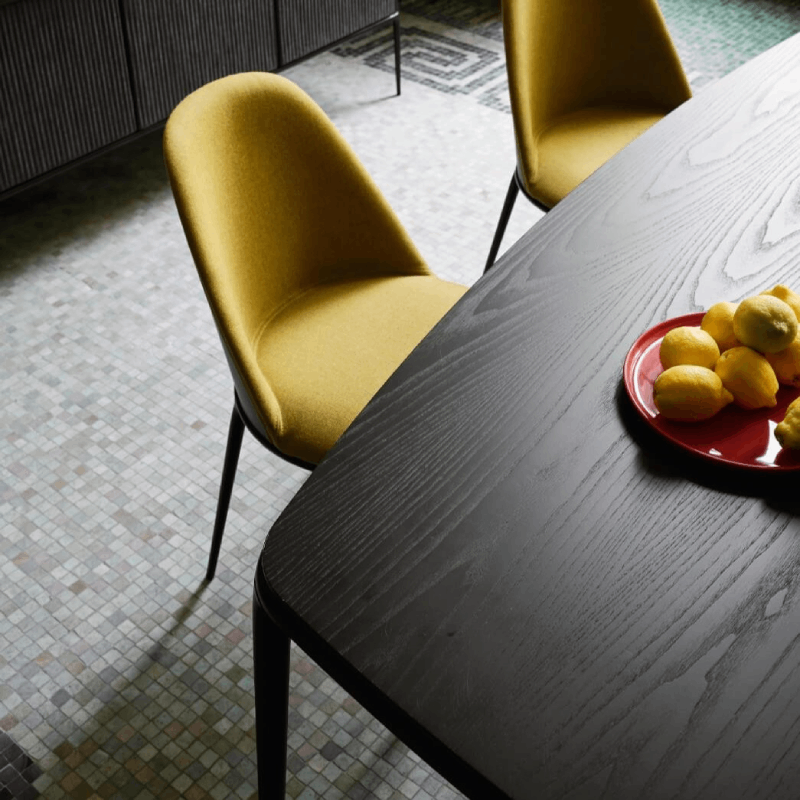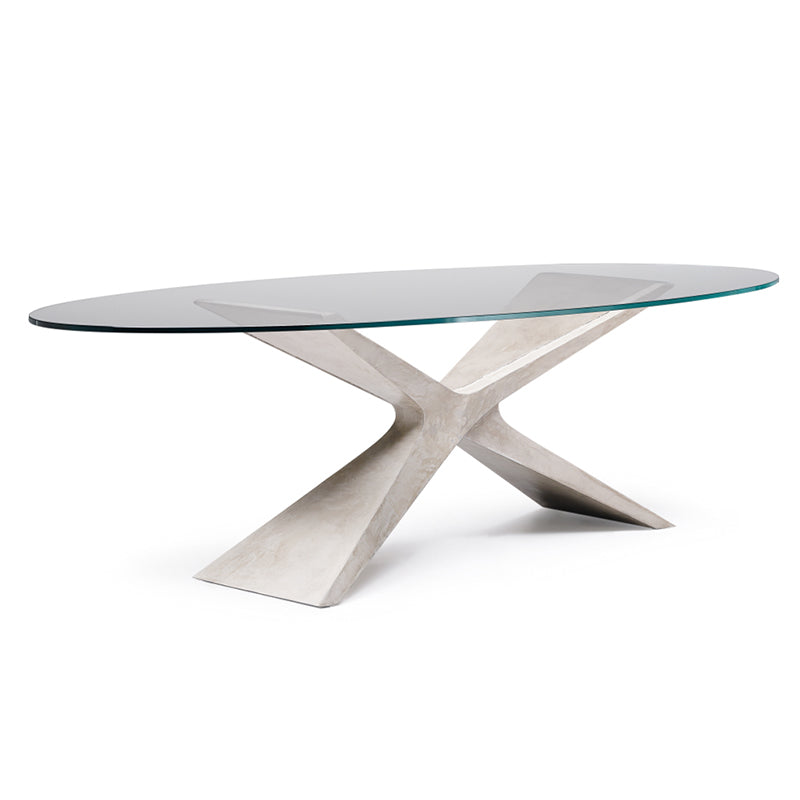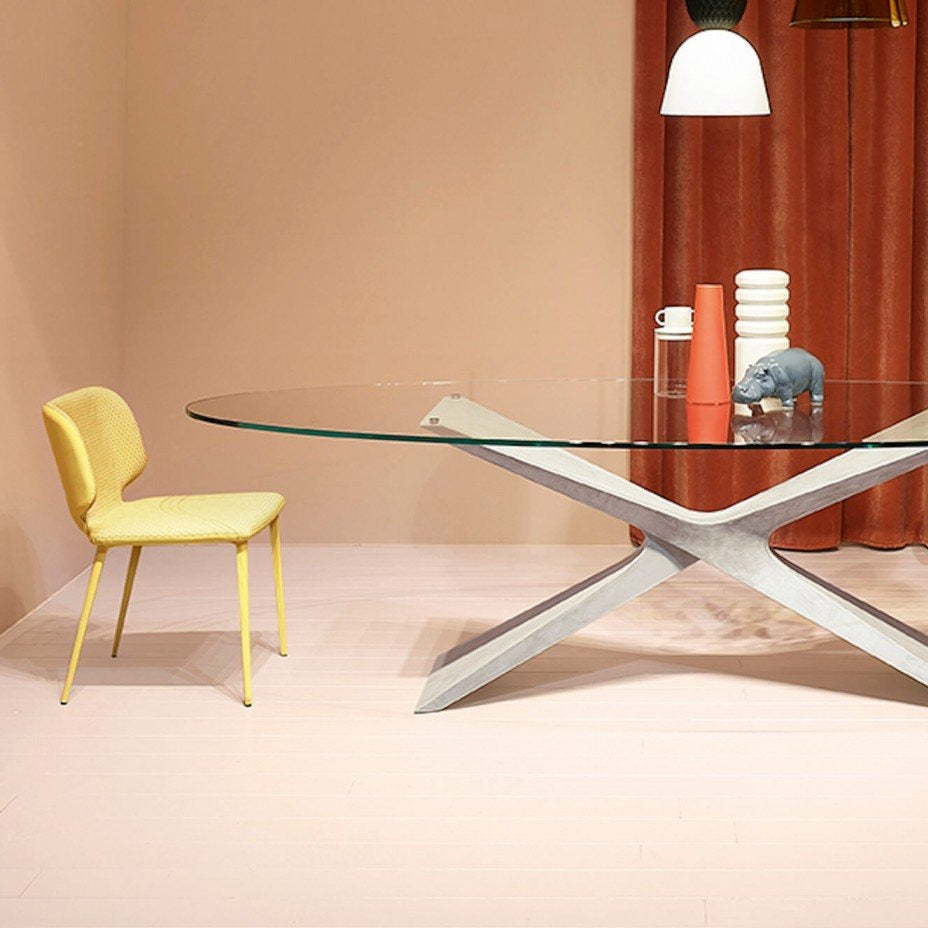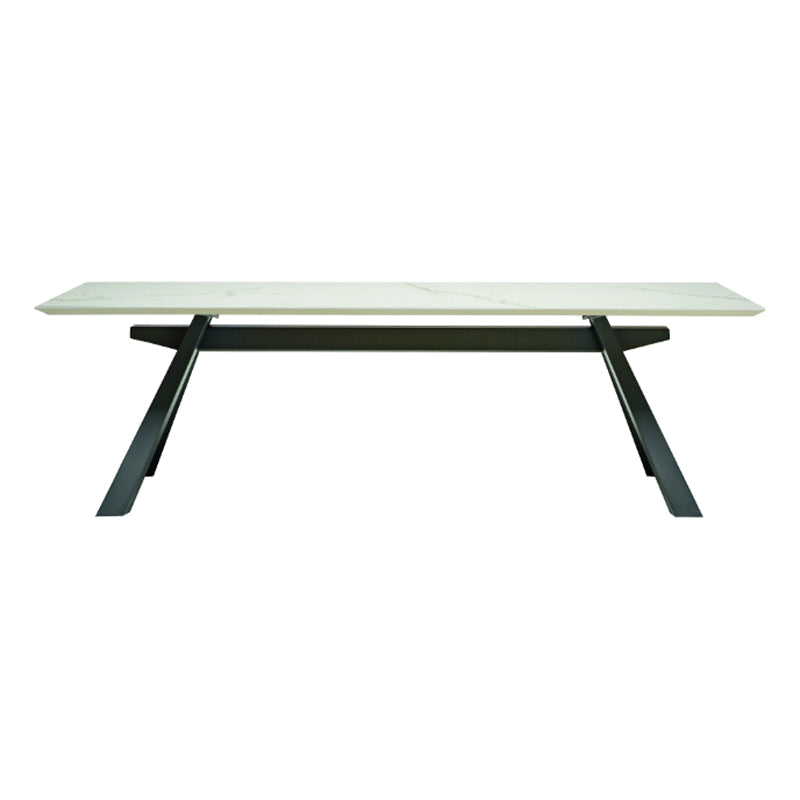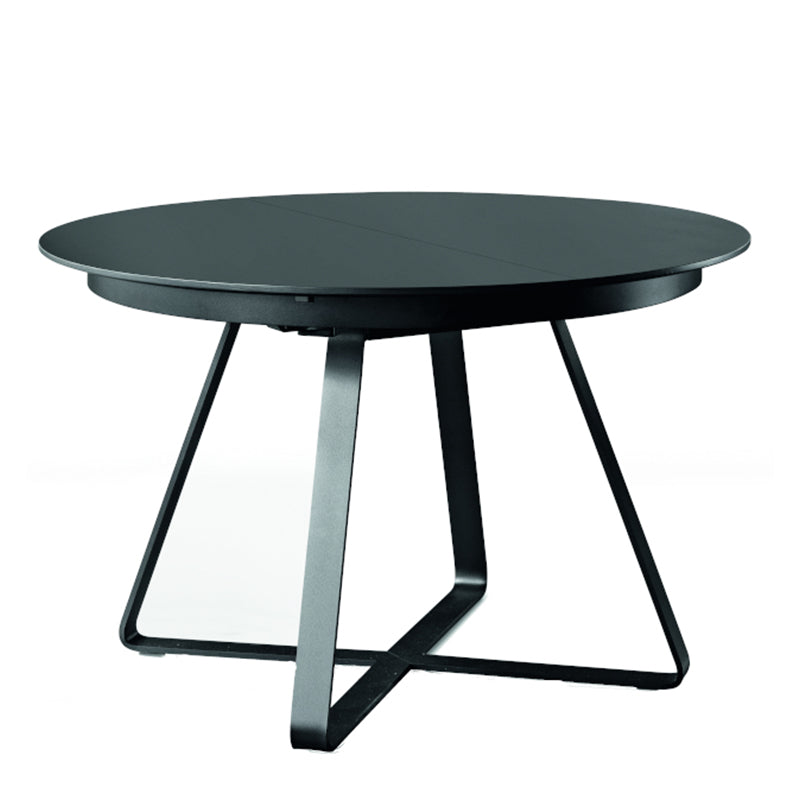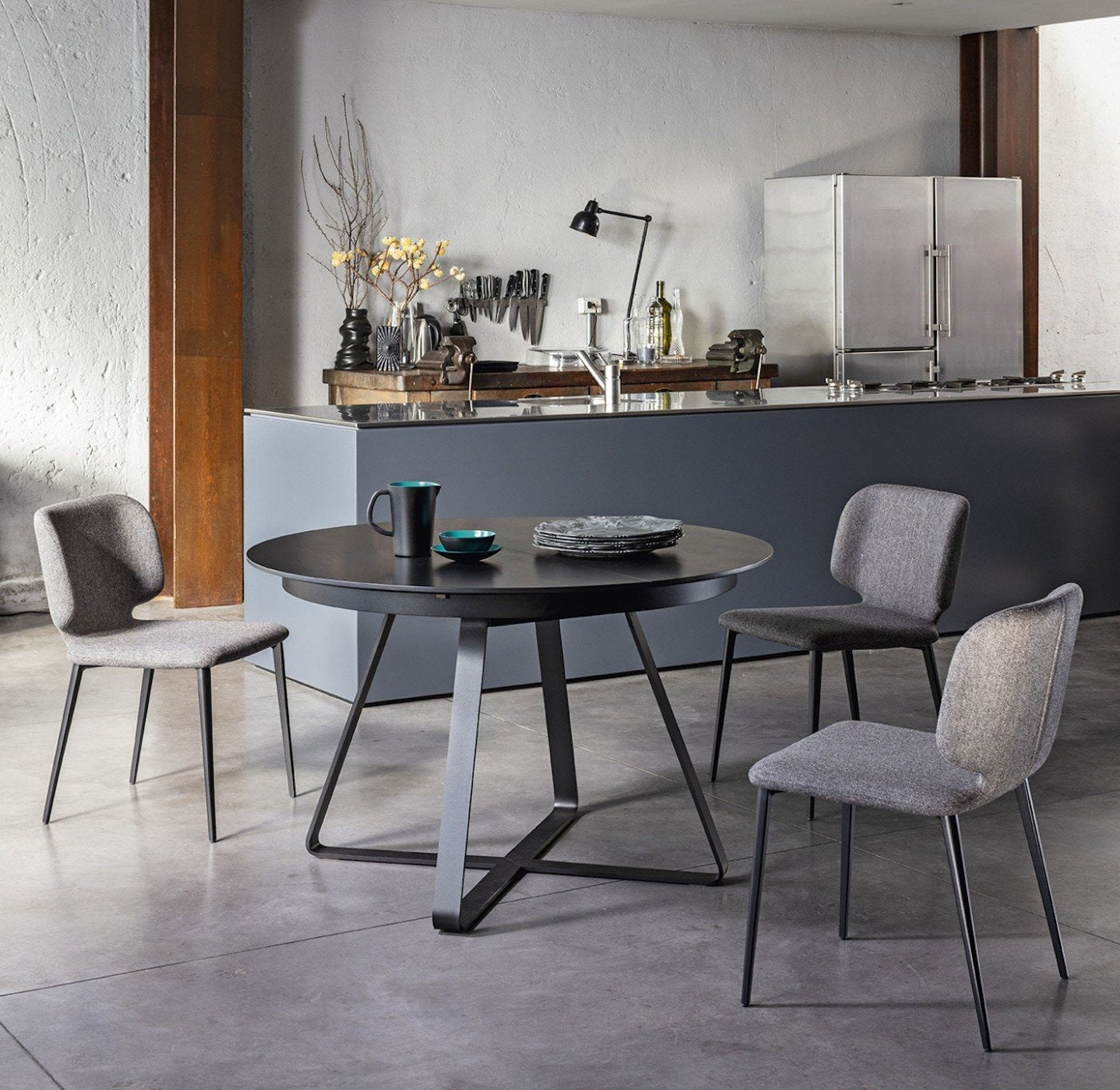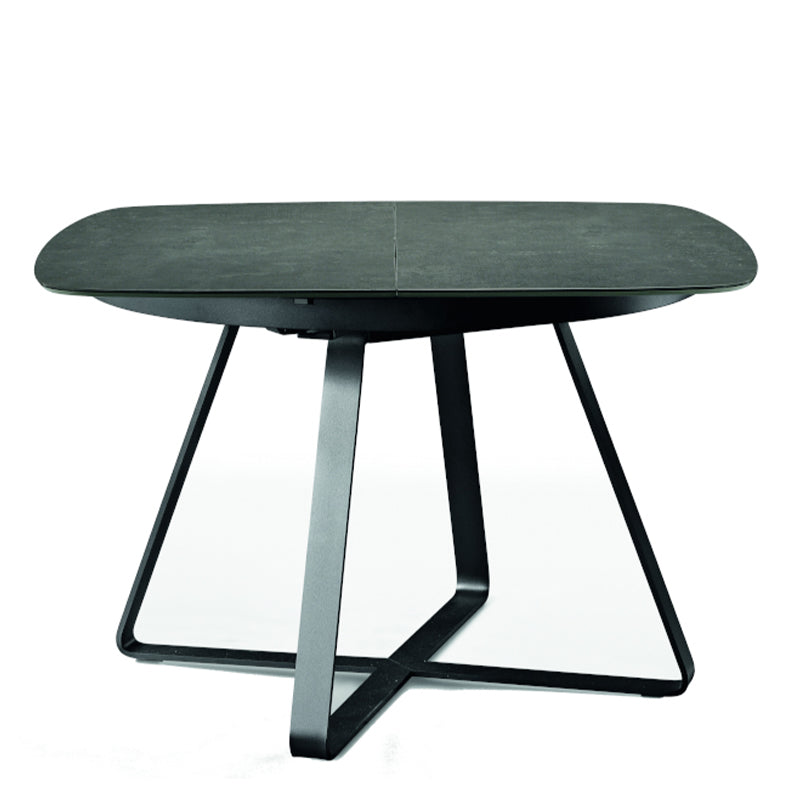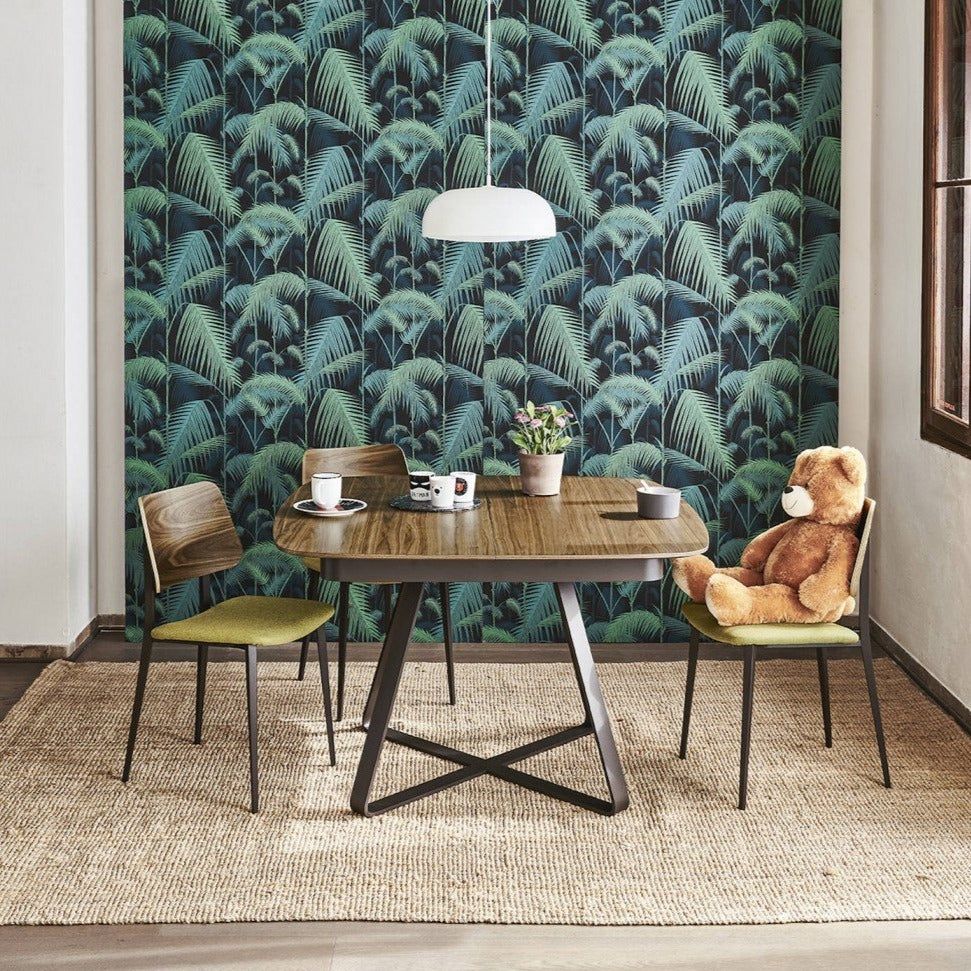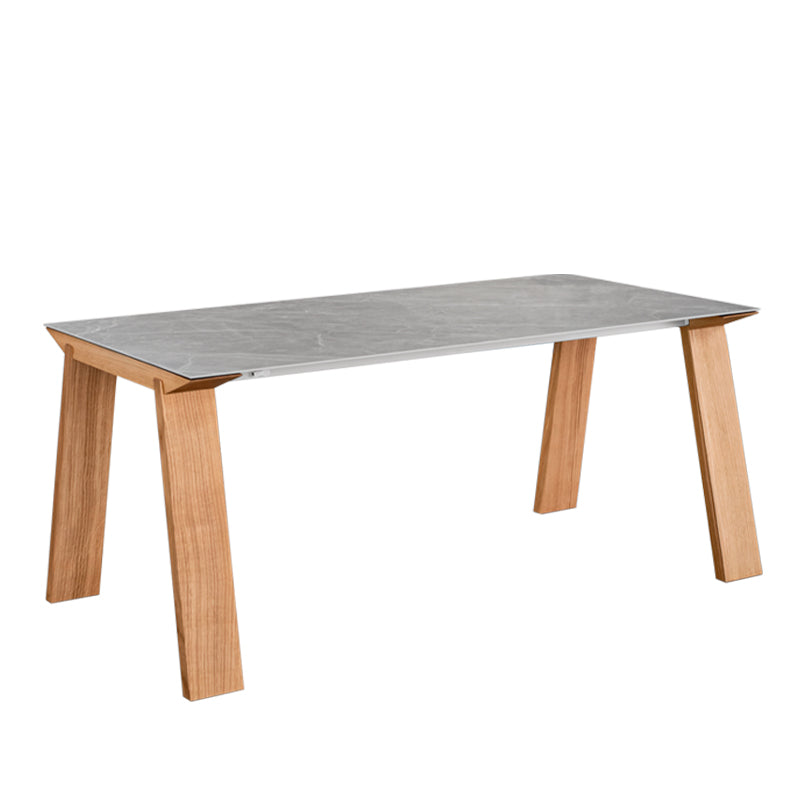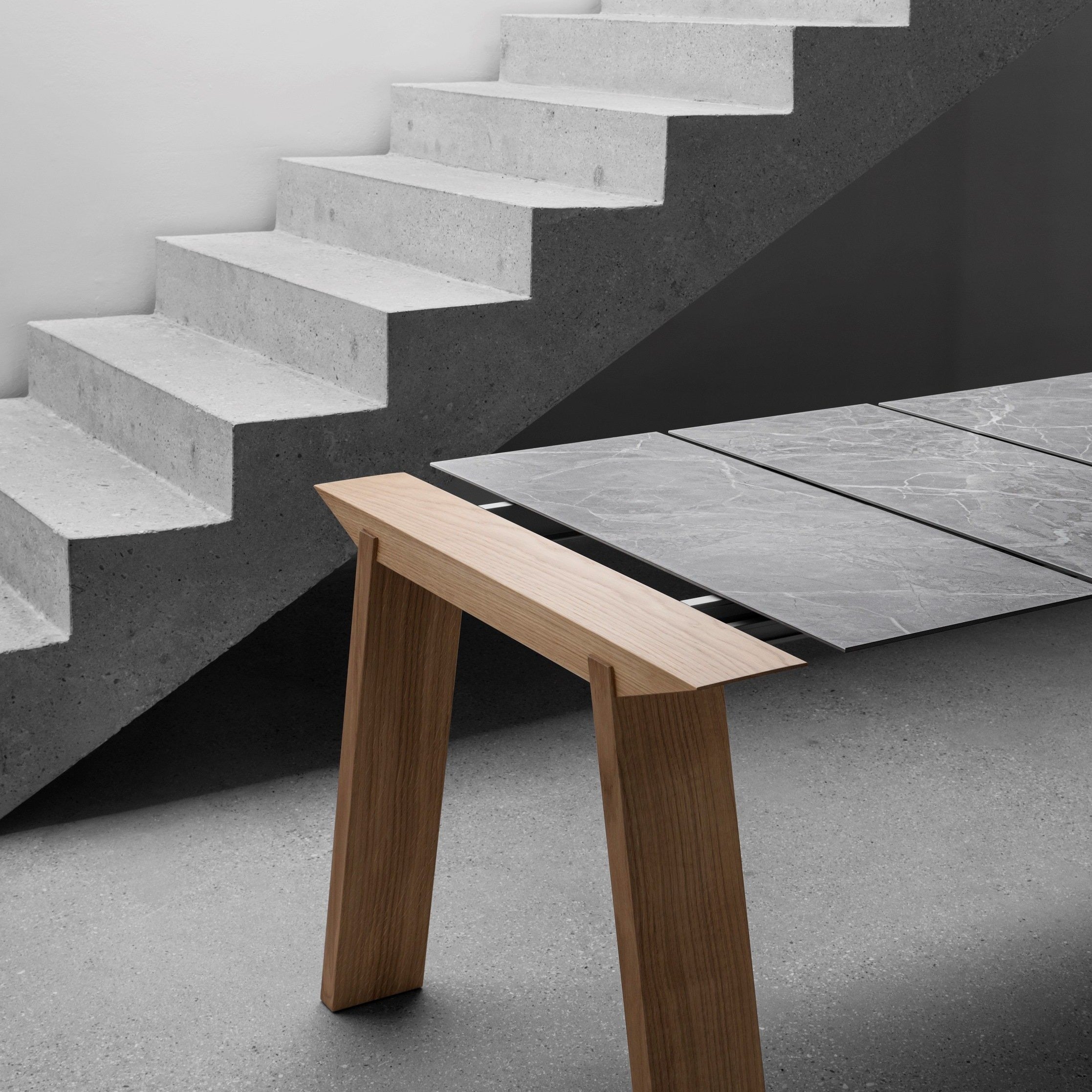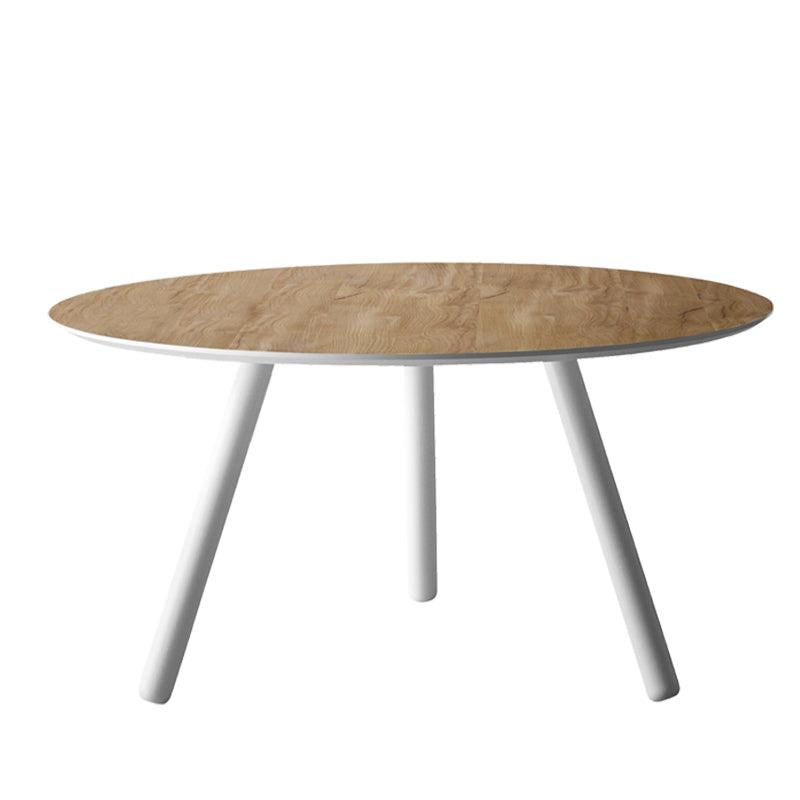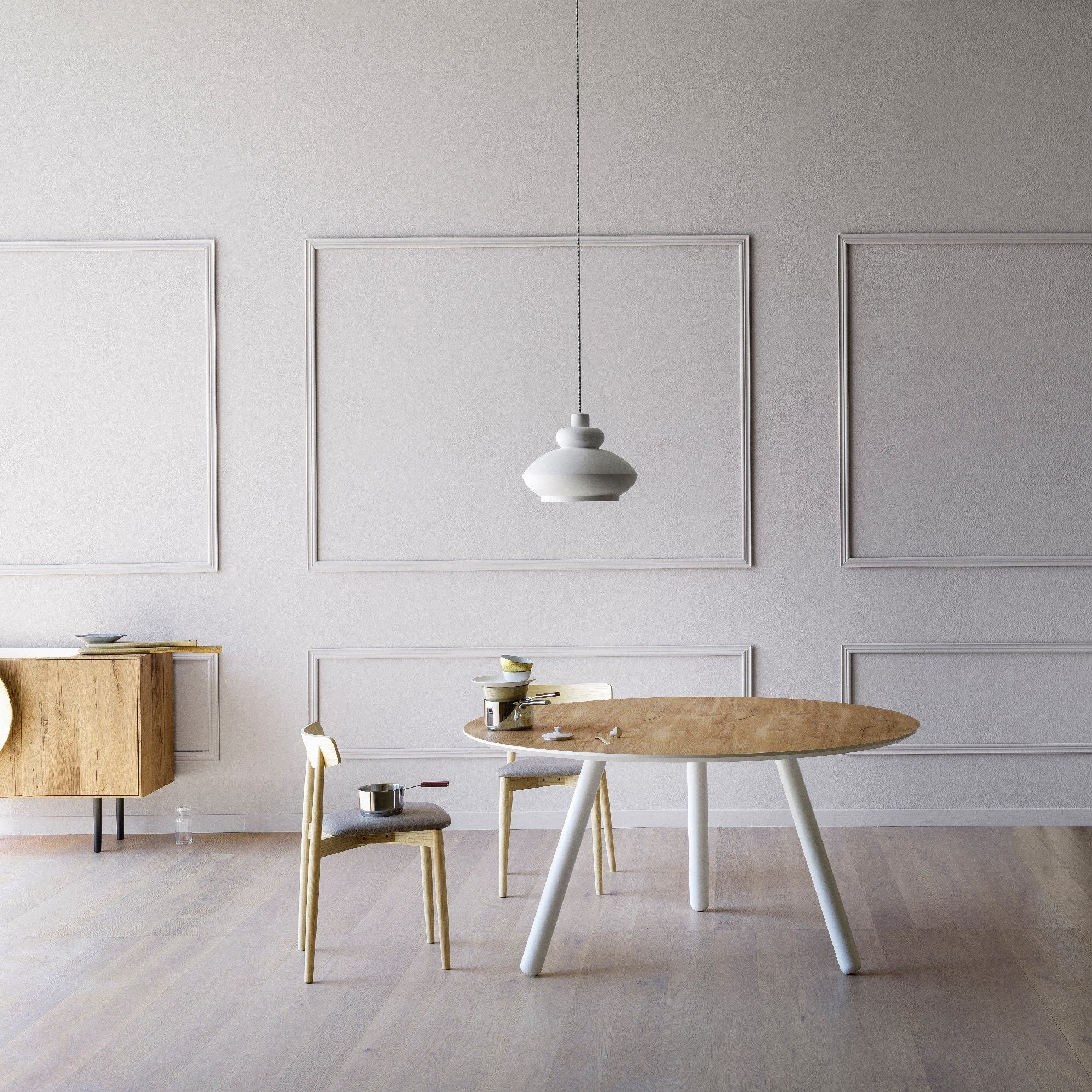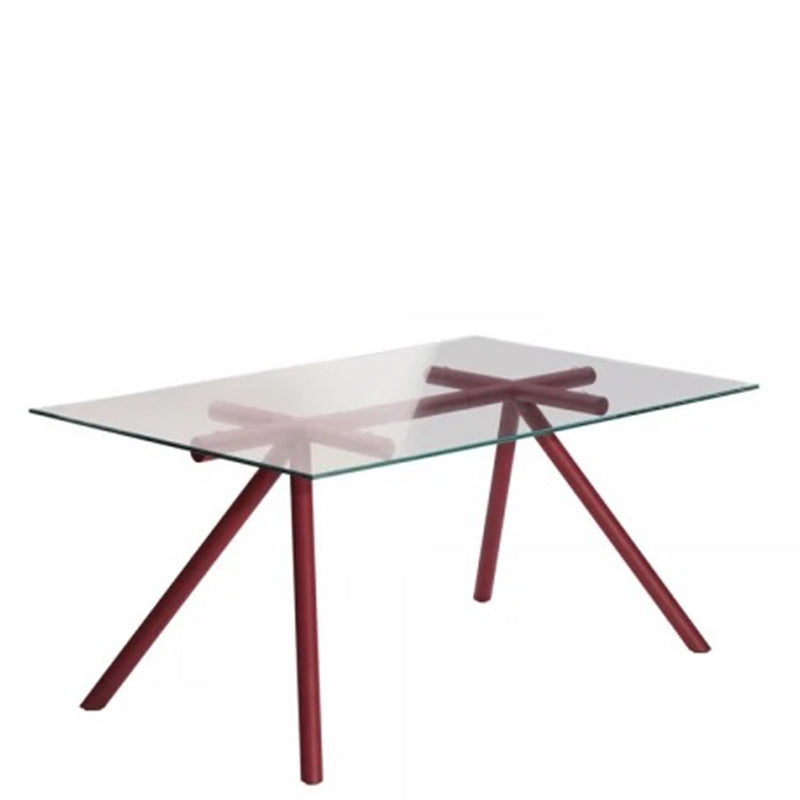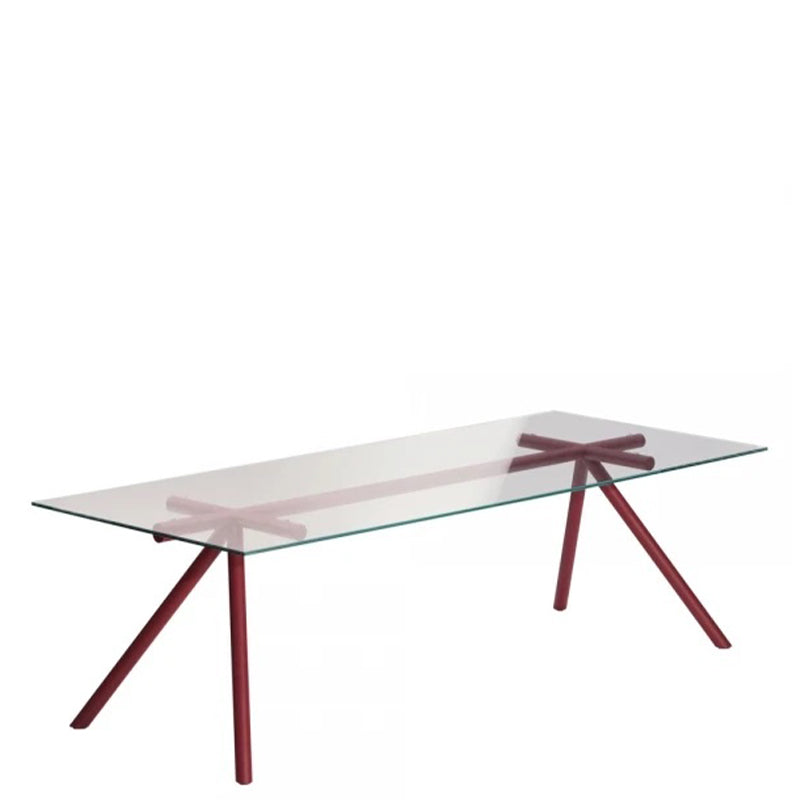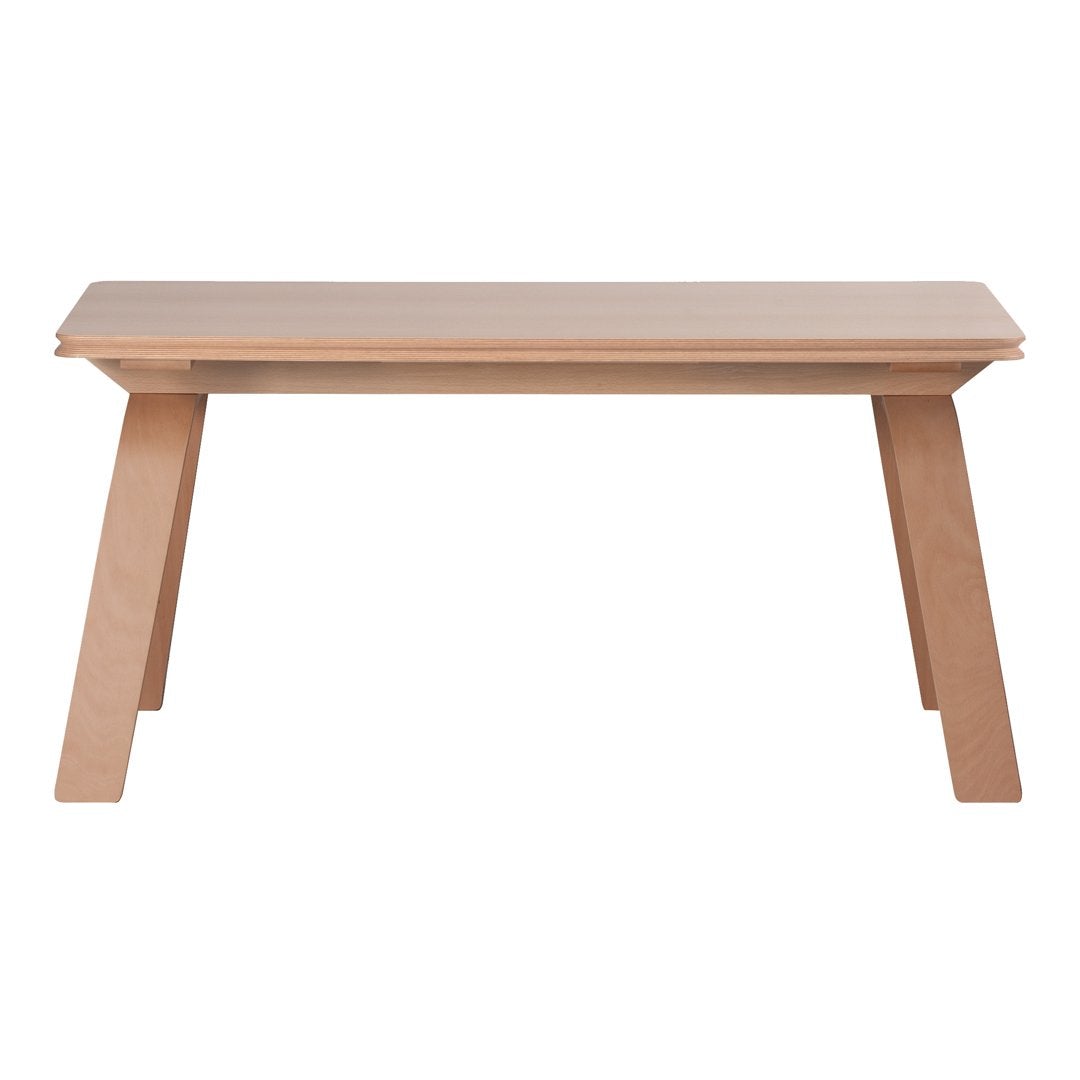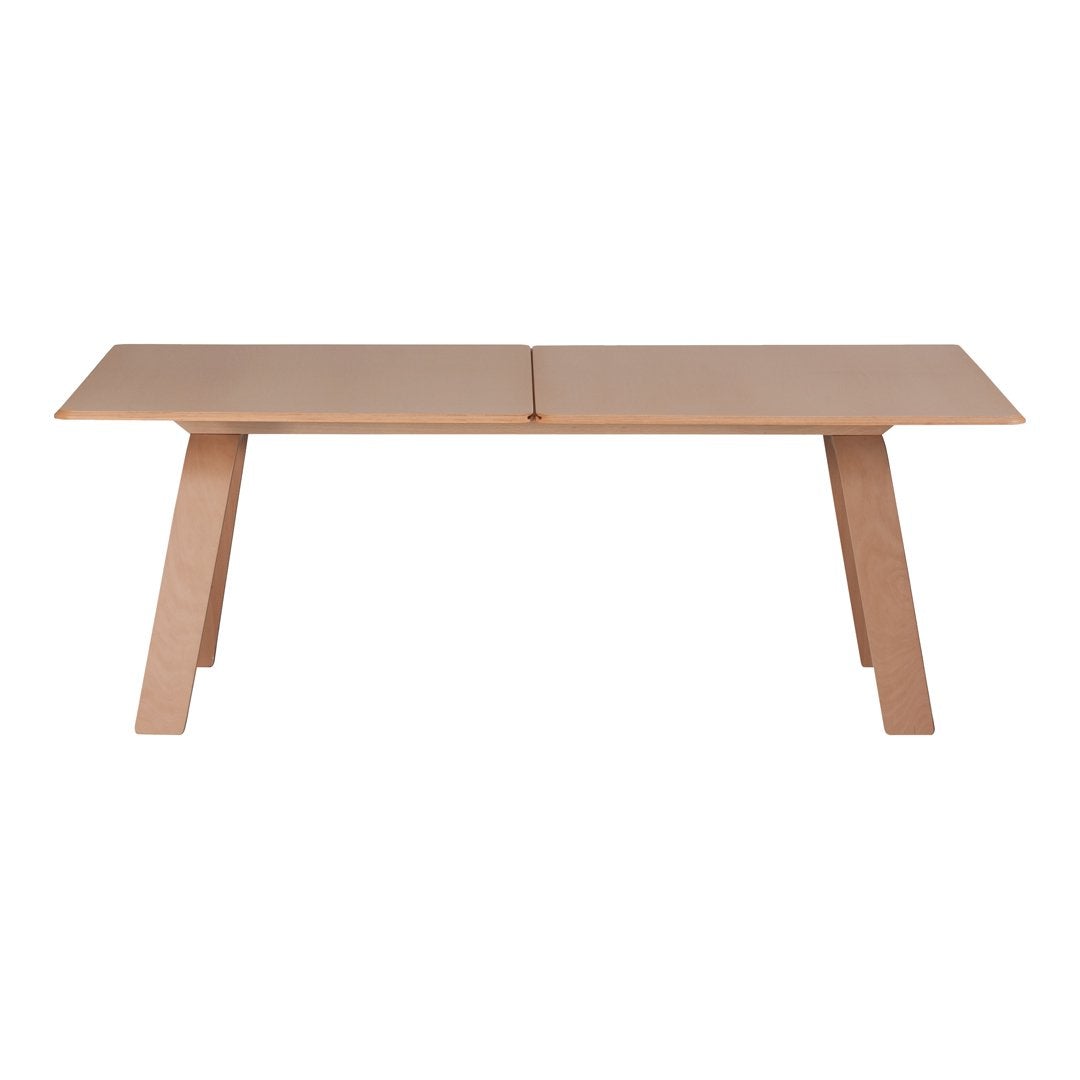The Modern Dining Table
A modern dining table does more than fill space. It becomes the anchor of a room, where meals, conversations, and celebrations unfold. The right choice can turn the dining room into the true heart of the home and align seamlessly with your kitchen and dining furniture. In our experience, when clients invest in a well-proportioned modern dining table, it not only improves flow but also changes how the room feels day to day. For many families, this single decision defines how they gather and live.
Modern Dining Table Shapes for Conversation
Shape changes how people interact at the table. A round top draws everyone into the same circle and makes conversation easier, while a rectangular luxury dining table creates a sense of direction that works well for larger groups or more formal dinners. A round wooden table such as the Acco Dining Table by Florian Schmid for Miniforms is a great example of intimacy made tangible. By contrast, a long marble dining table has presence, turning an ordinary meal into something ceremonial. Many designers recommend choosing a shape that reflects how you actually host gatherings, and yes, it really is worth the hype when you get it right.
Modern Dining Table Sizing for Seamless Movement
Sizing is as important as style. Too small, and the room feels cramped, with chairs bumping into walls. Too large, and a luxury dining table dominates, leaving little room to move. We often advise clients to allow at least 36 inches of clearance around the table so people can walk comfortably without squeezing through. One of our clients in Miami followed this guideline for a custom piece, and it made a huge difference in how the space functioned during parties. Proportion is what keeps the modern dining table working with the room instead of against it.
Luxury Dining Table Bases That Free Your Space
The base can completely change the experience of dining. A pedestal base on a luxury dining table frees up legroom and doubles as a sculptural statement. Italian luxury brands often favor this approach because it blends strength with elegance. When paired with a wooden table, a pedestal allows chairs to tuck in more easily, giving the whole layout a generous feel. A marble dining table with a grounded, architectural base showcases heritage and craftsmanship, combining visual weight with practical stability. To be totally honest, it is one of those details that people often overlook, but you will thank yourself later for paying attention.
Luxury Dining Table Lighting Influences
Lighting shapes how a dining table feels at every meal. Glossy finishes on a luxury dining table bounce light and brighten the room, while matte surfaces absorb glow for a more intimate atmosphere. A polished marble dining table catches and reflects even subtle light, highlighting the veining that makes each piece unique. On the other hand, a dark-stained wooden table absorbs warmth, creating a backdrop for longer, cozier dinners. Customers love the way these subtle differences in finish shift the mood, whether for everyday use or special gatherings.
Wooden Table and Marble Dining Table Upkeep
Each material demands its own kind of care. A wooden table holds up beautifully with a simple routine: dust regularly, wipe with a soft damp cloth, and treat the surface with wax or oil a few times a year to protect the grain. A marble dining table needs a bit more attention. It should be cleaned with pH-neutral products, spills should be wiped immediately, and occasional professional polishing keeps the stone luminous. We often remind clients that upkeep is part of ownership, but the reward is worth it. With the right care, both wooden tables and marble dining tables can age gracefully and remain at the center of family life for decades.

